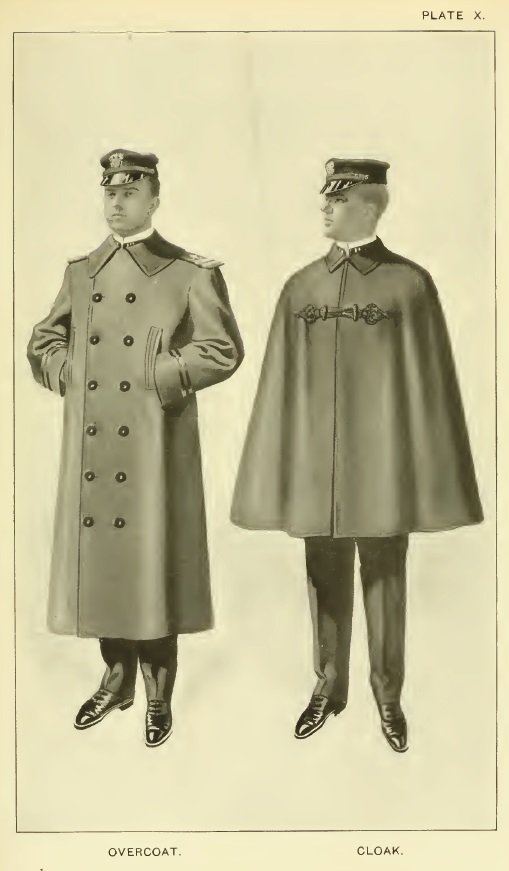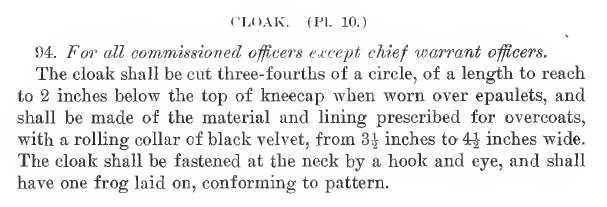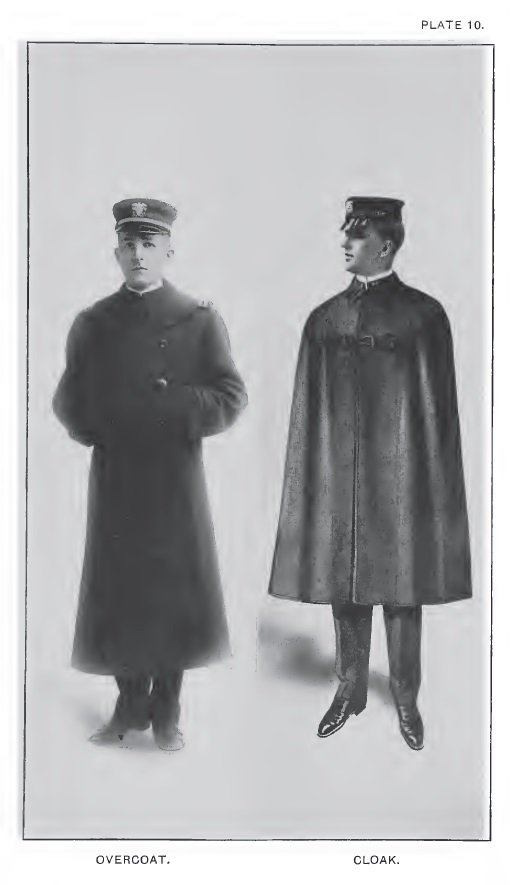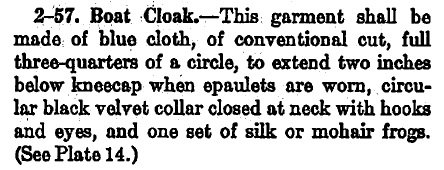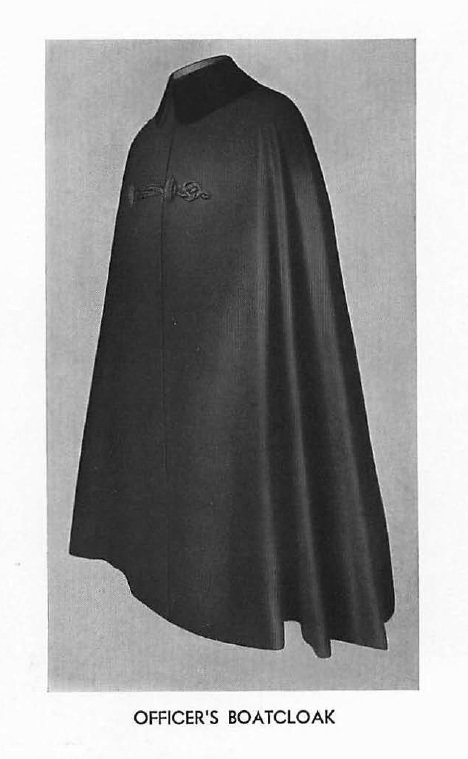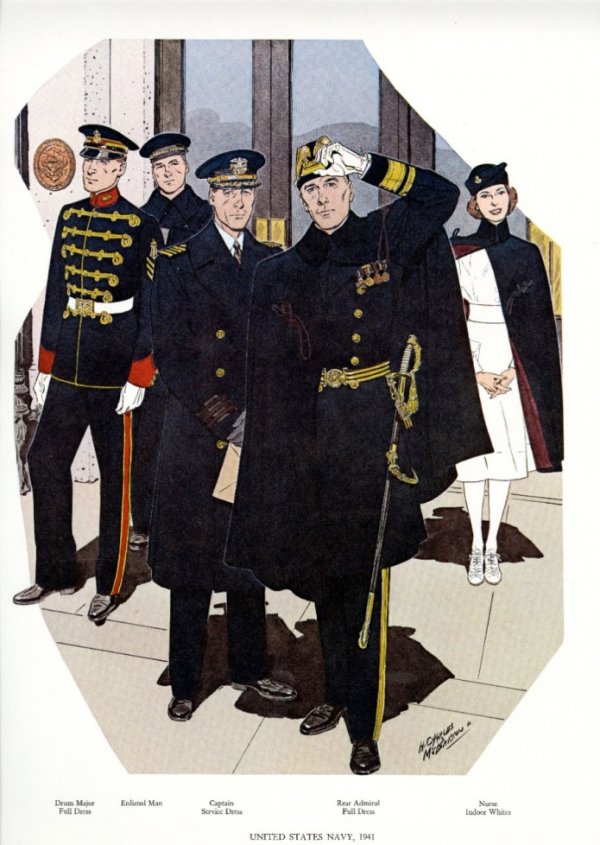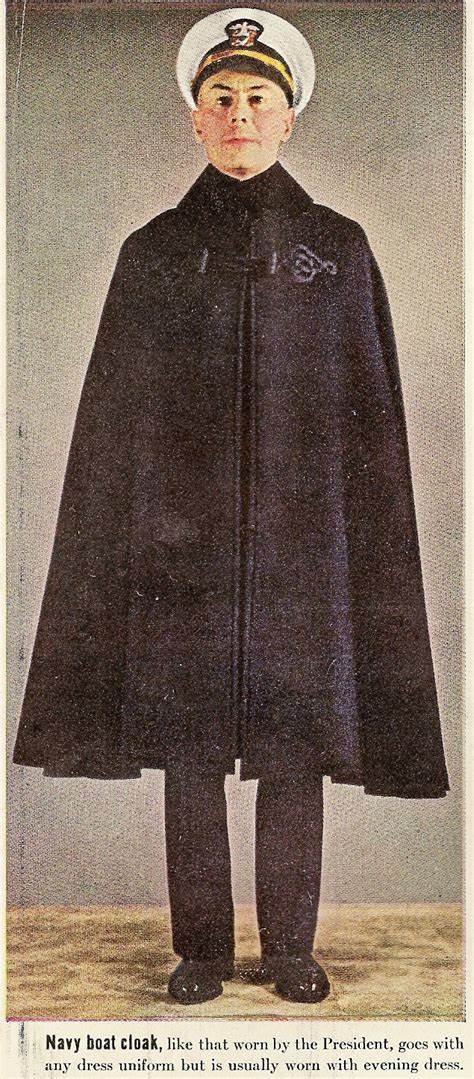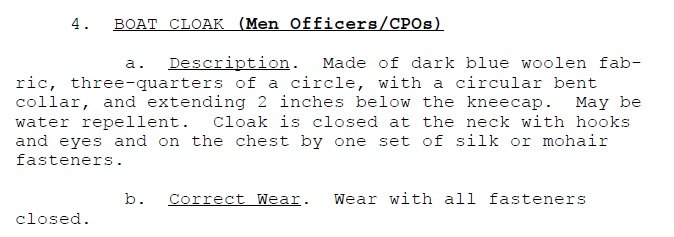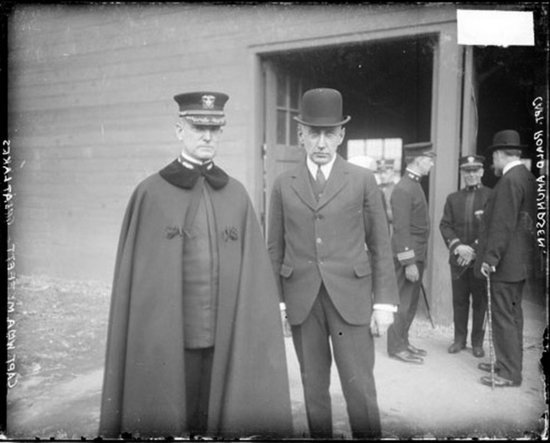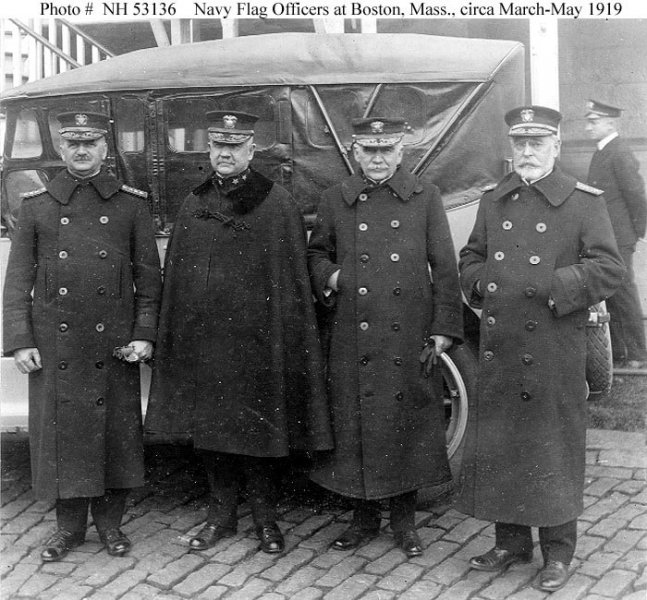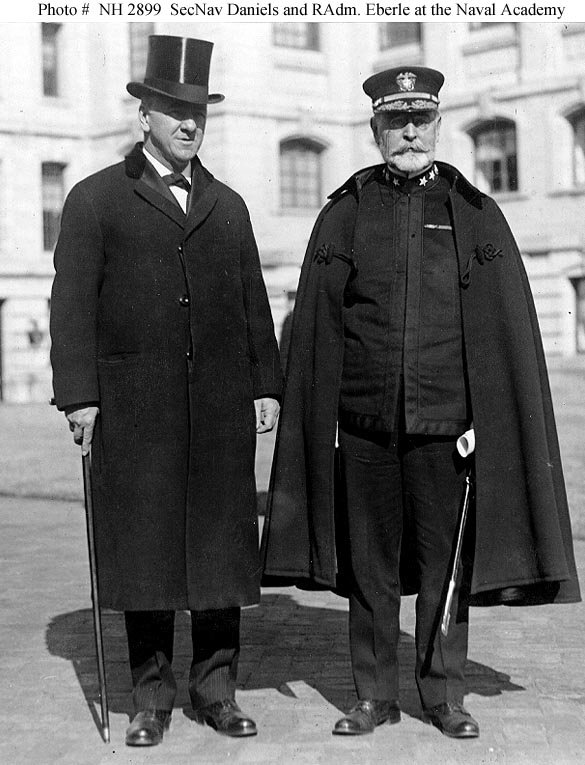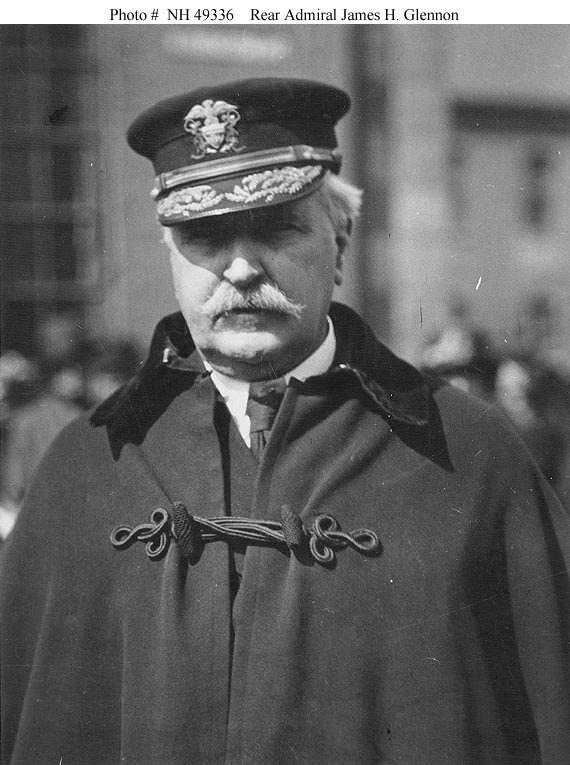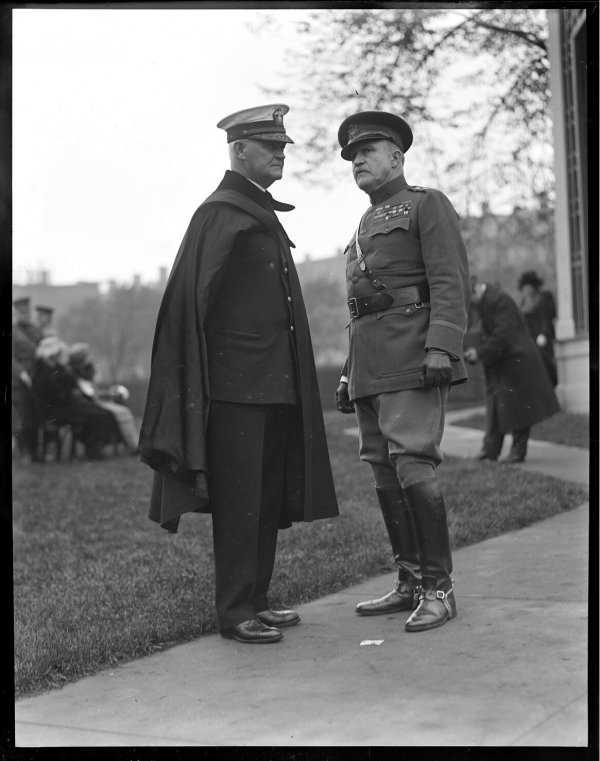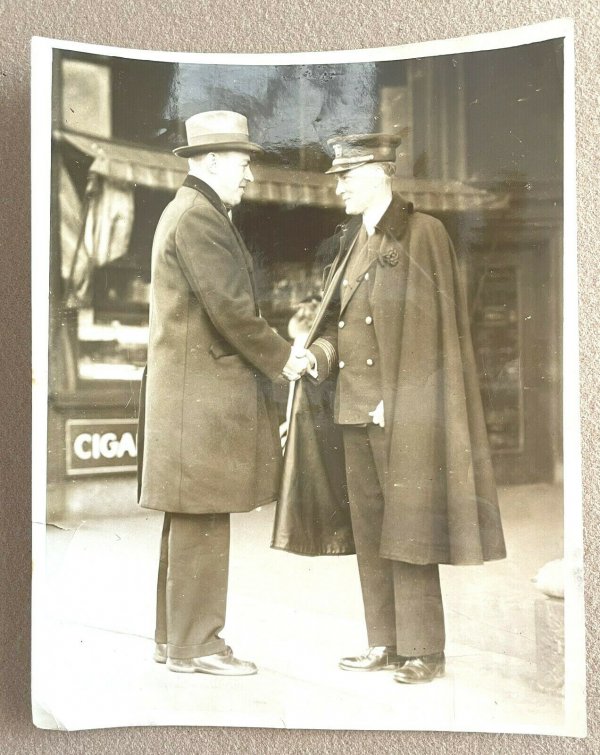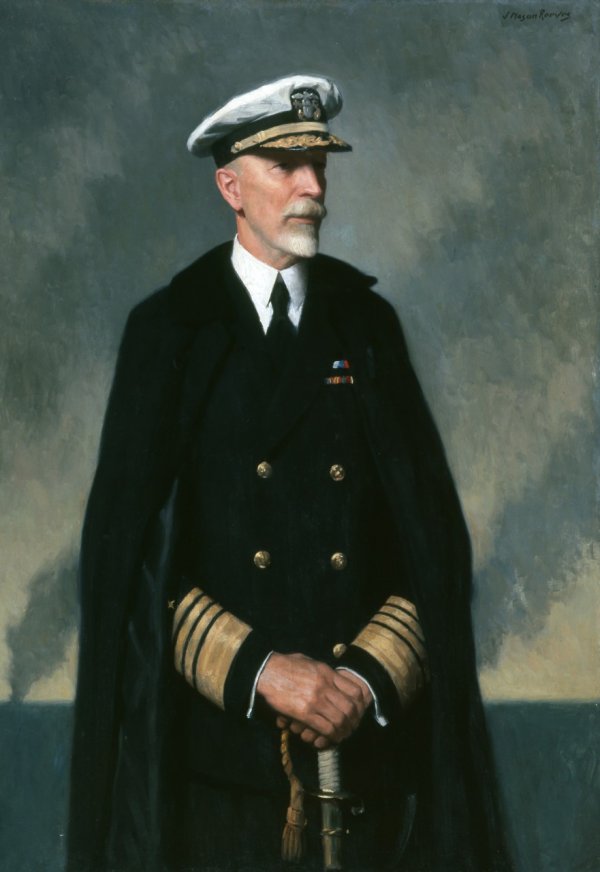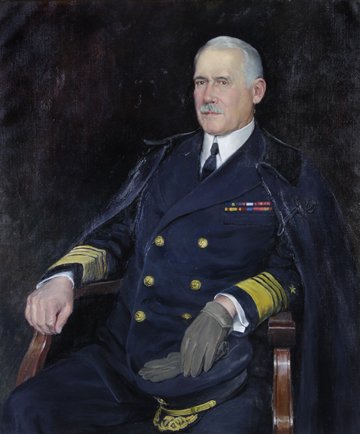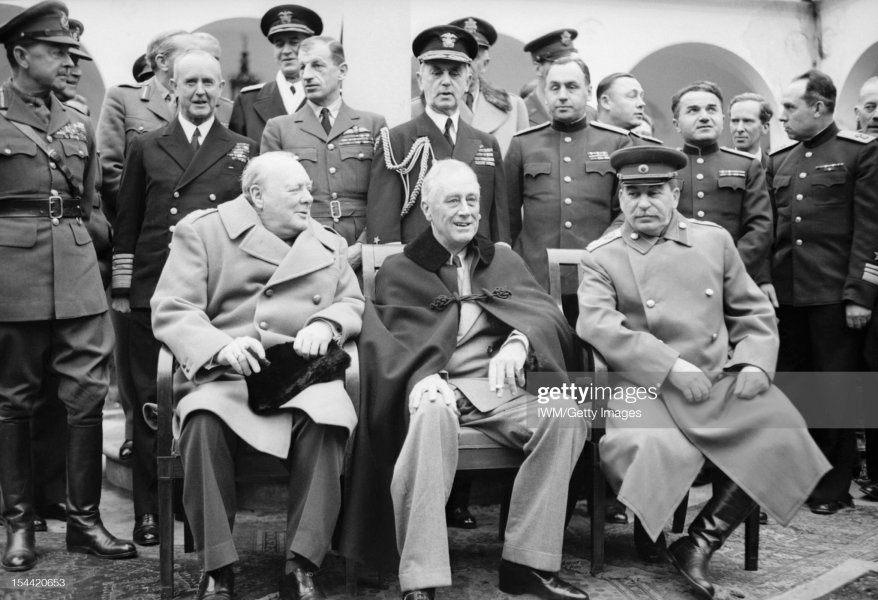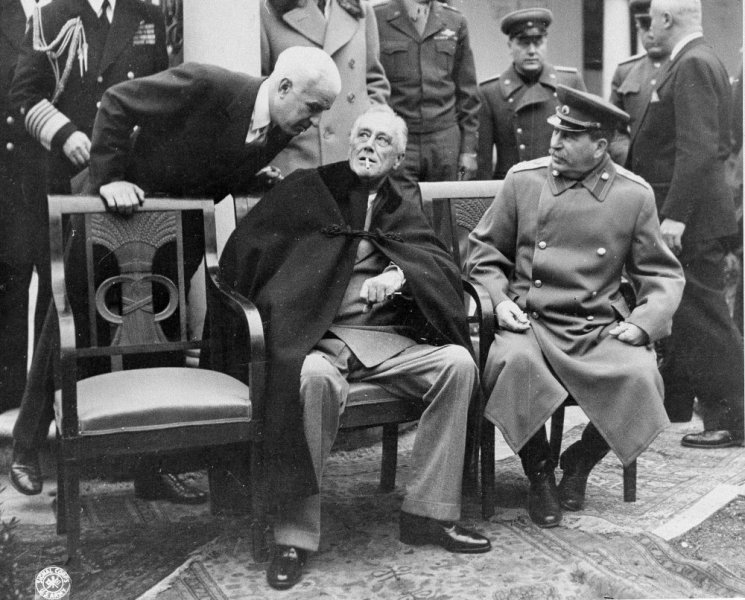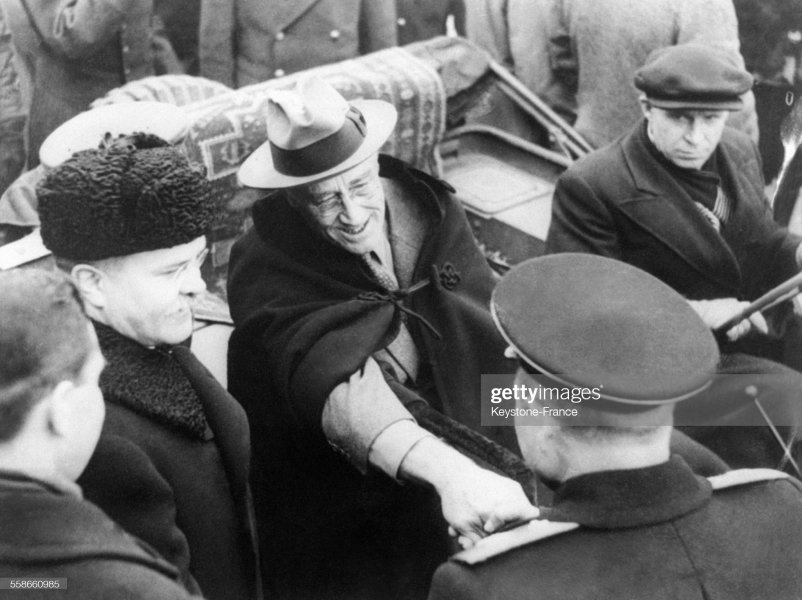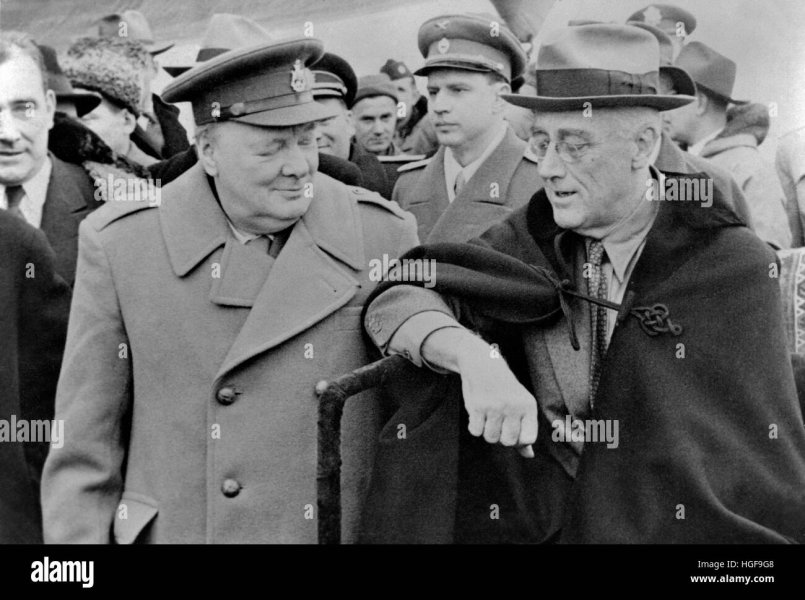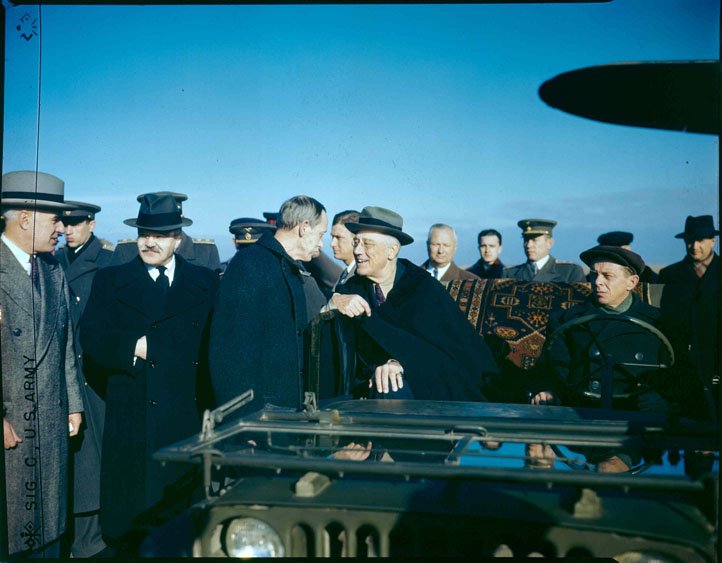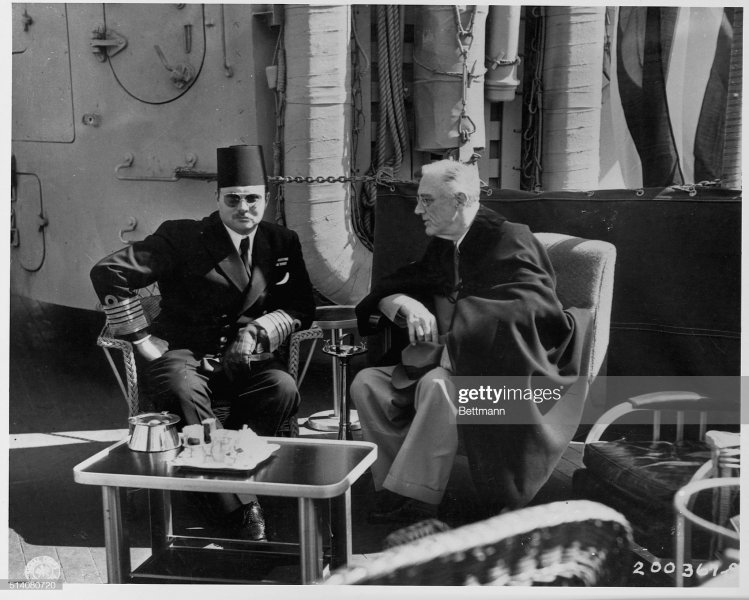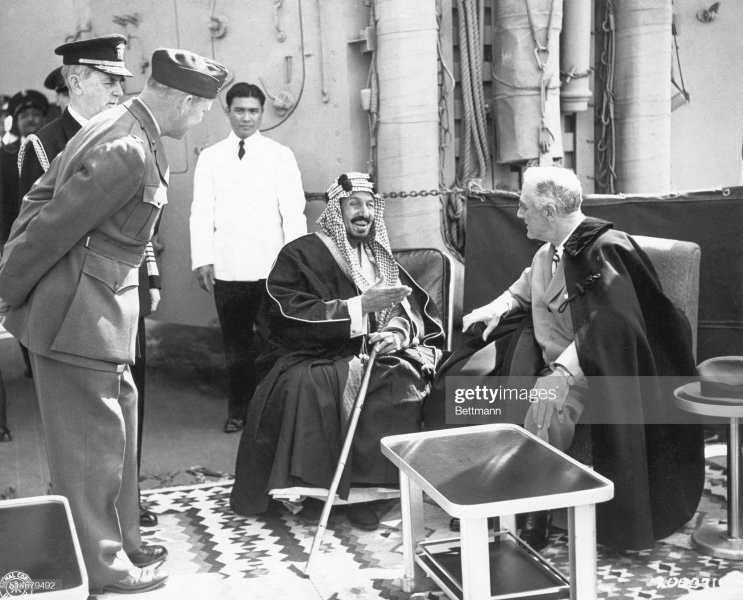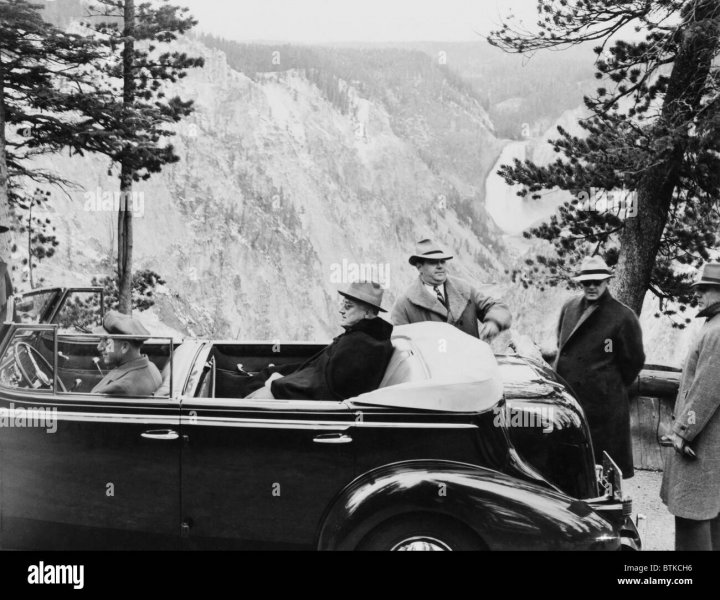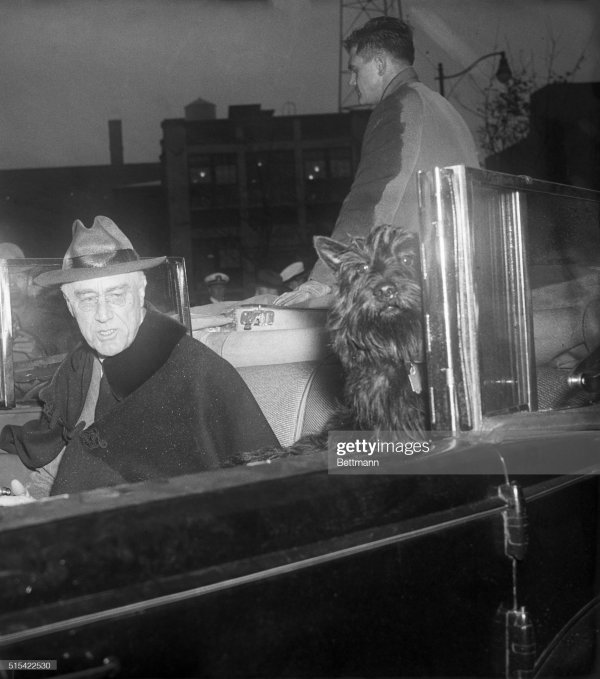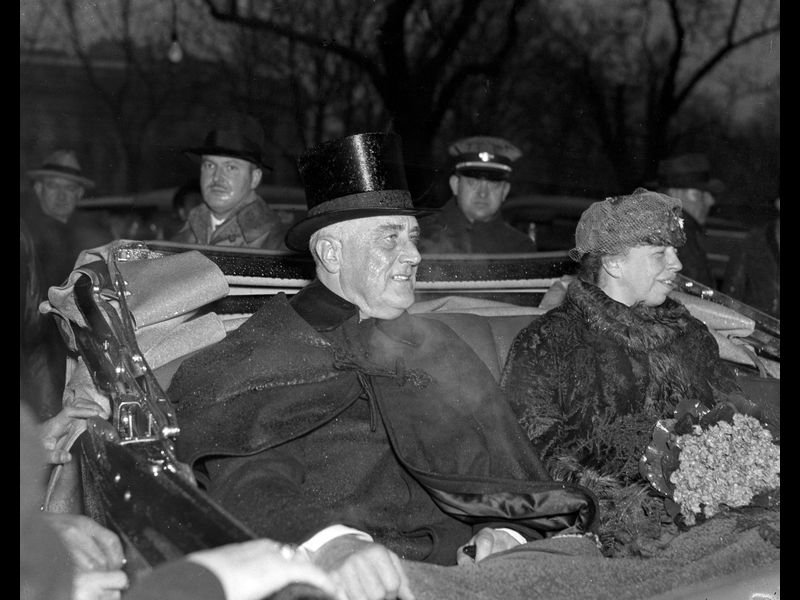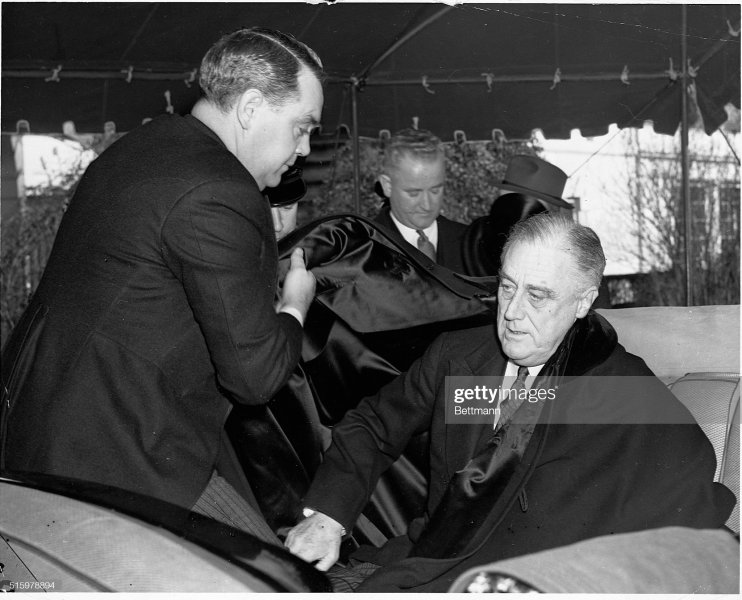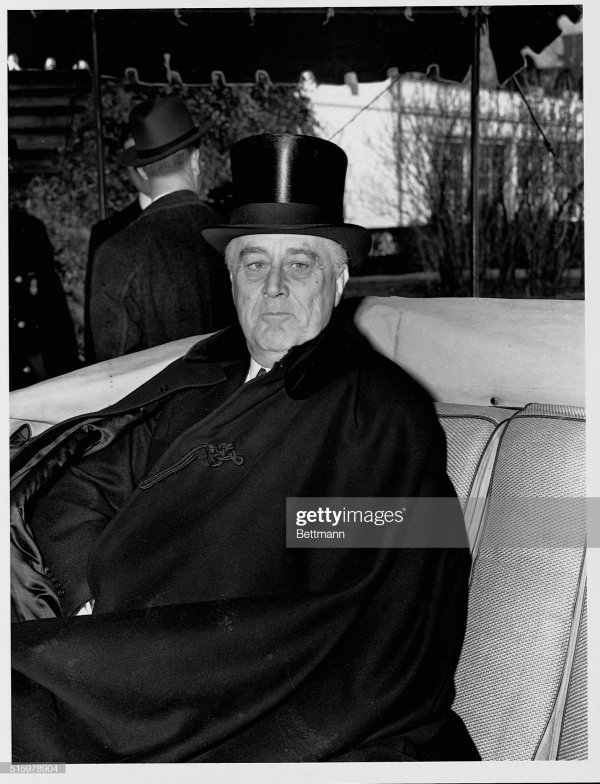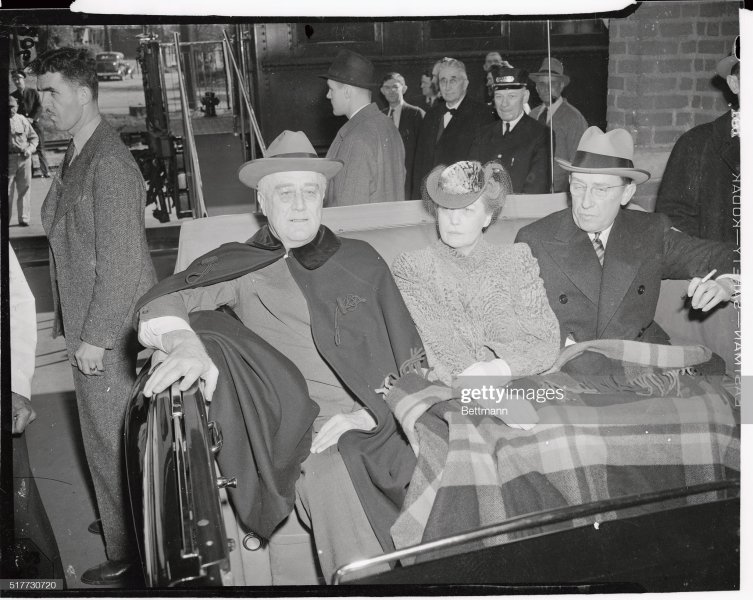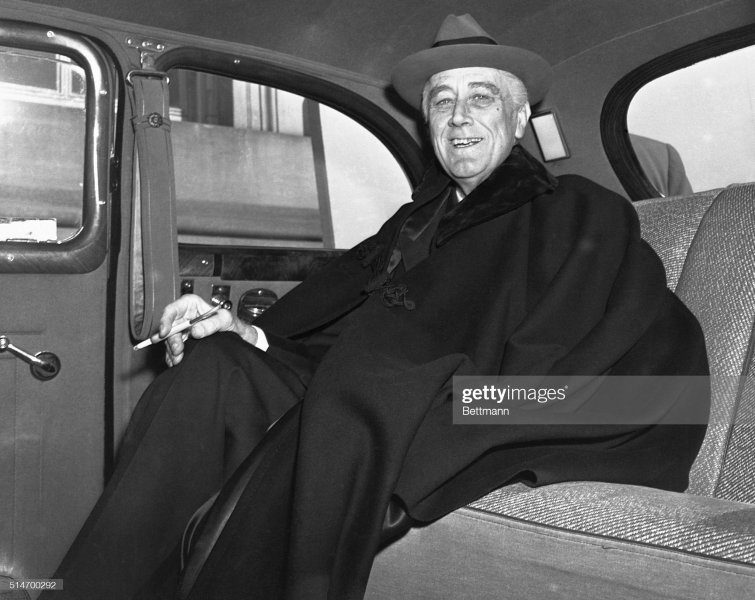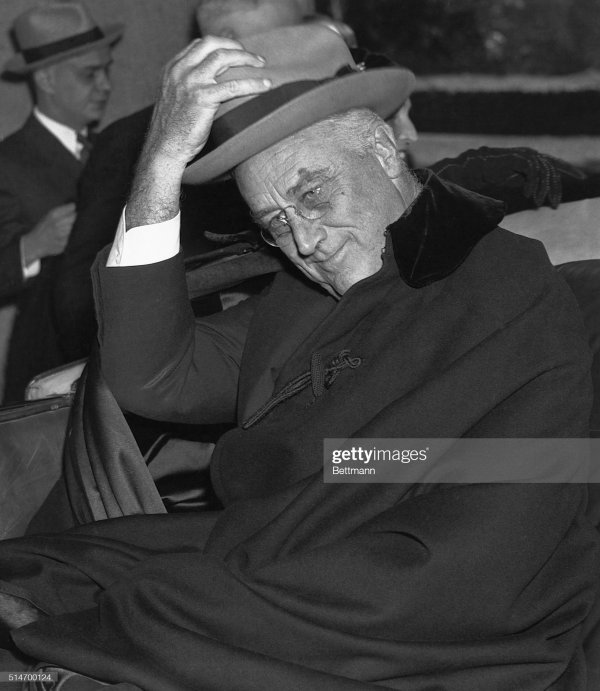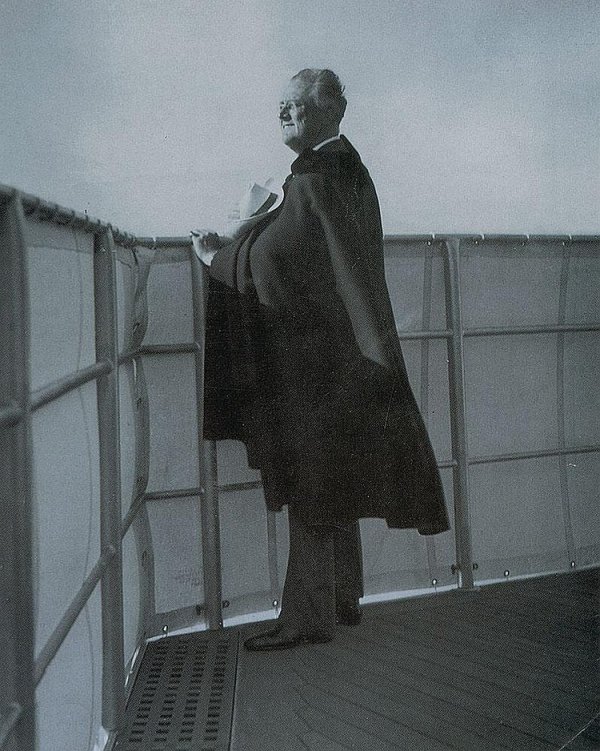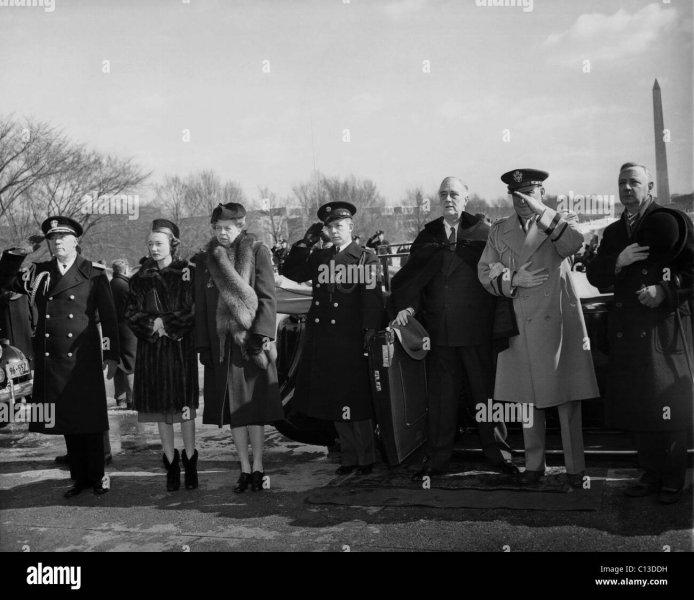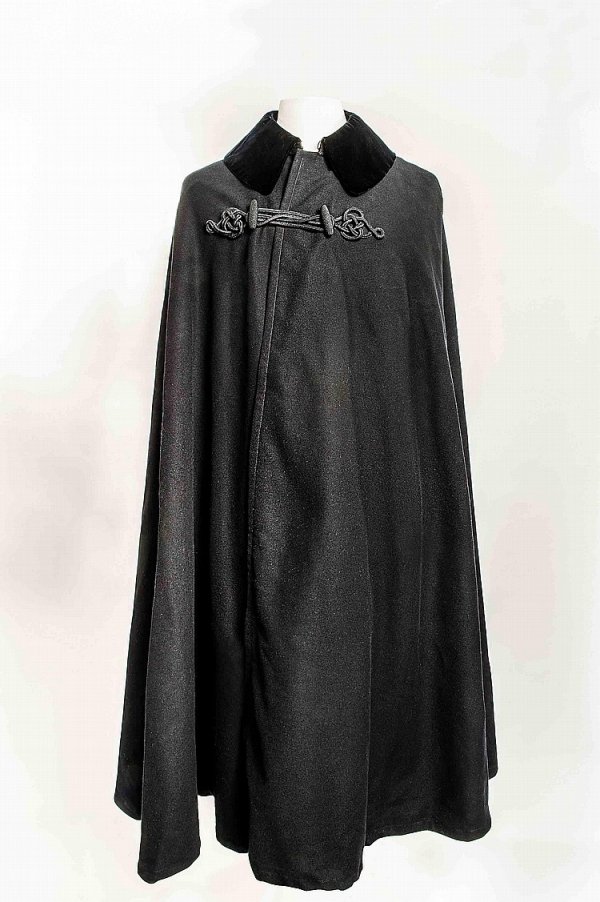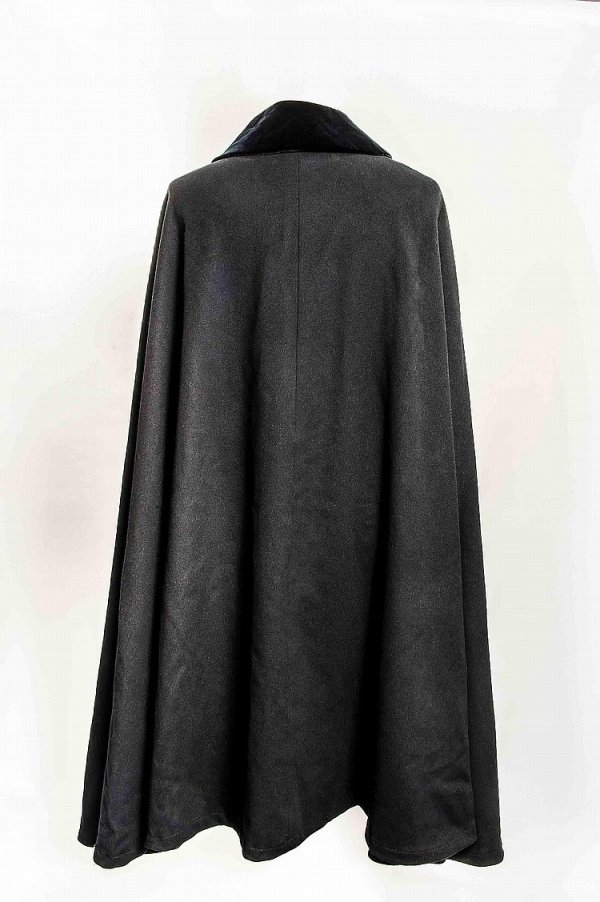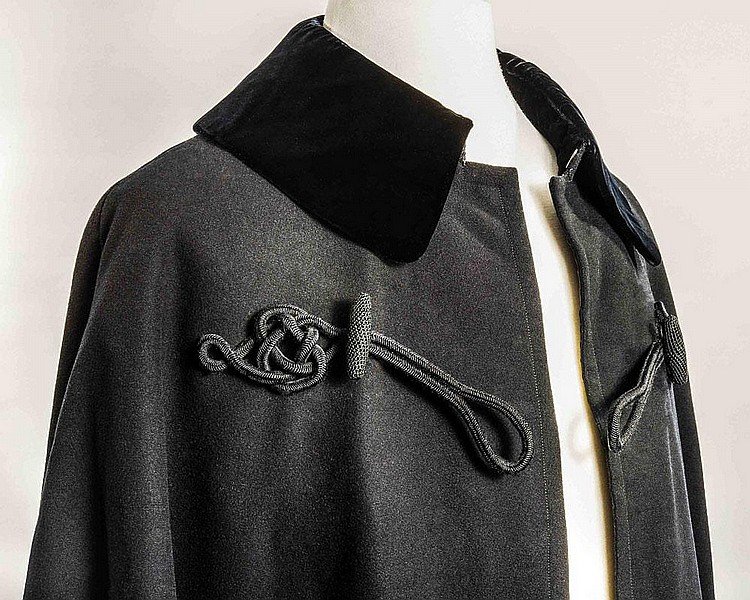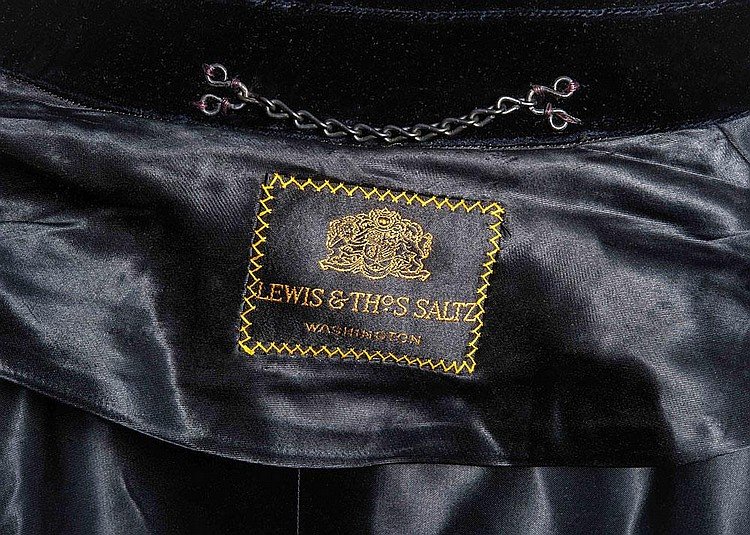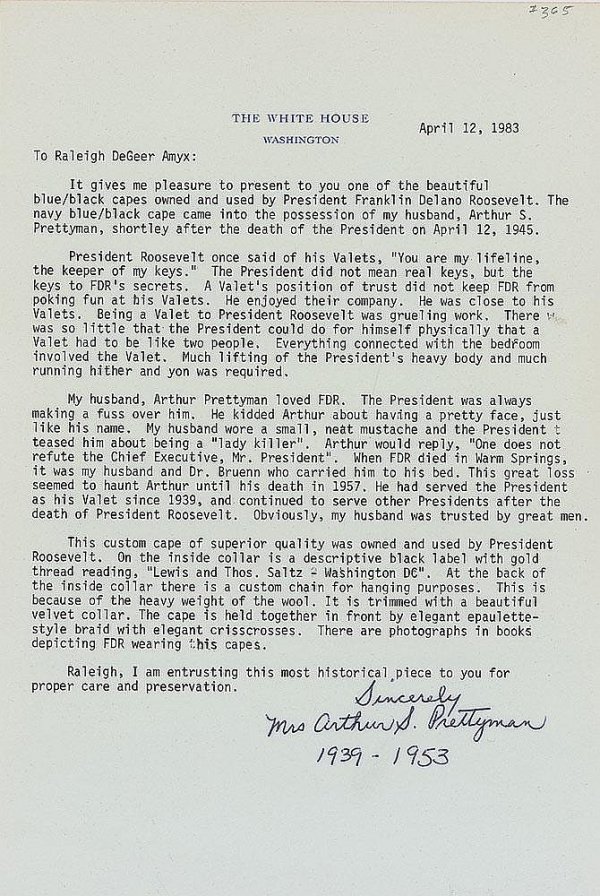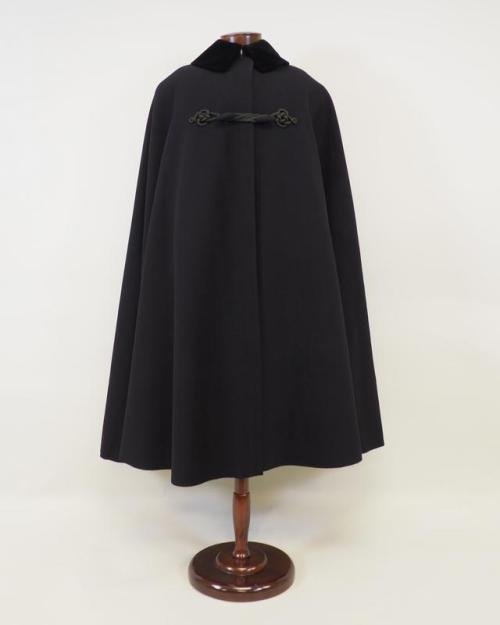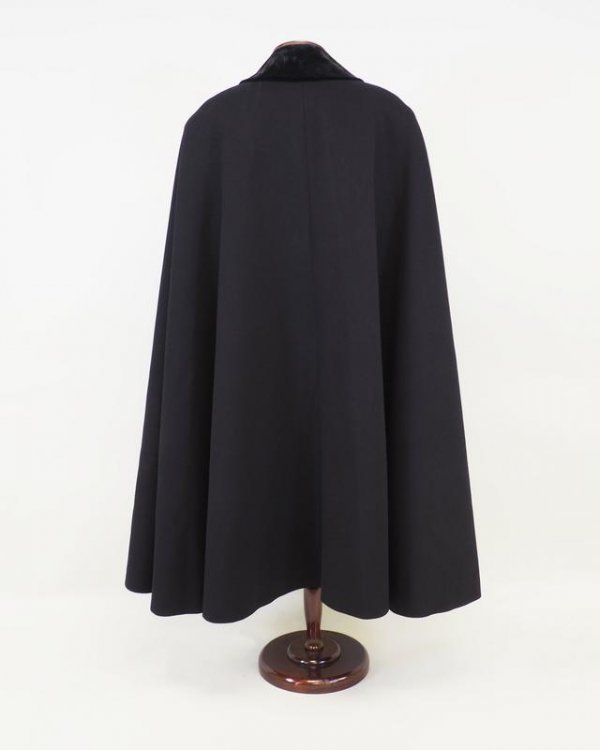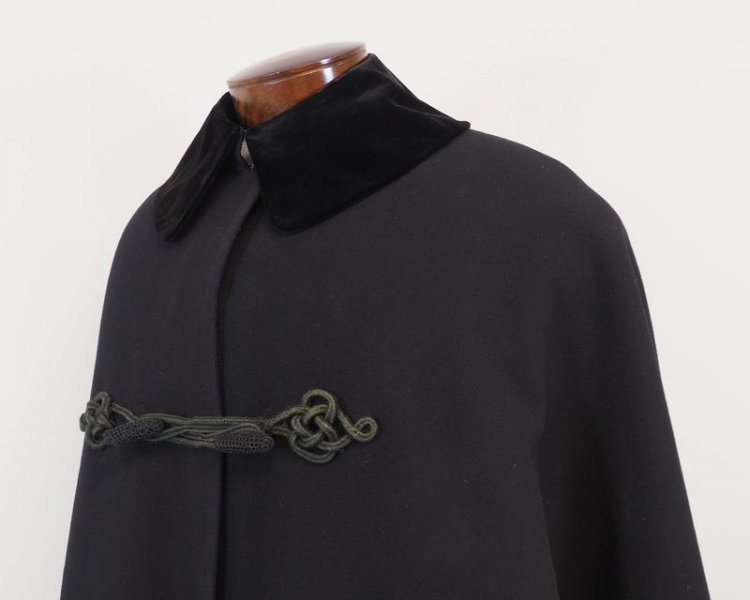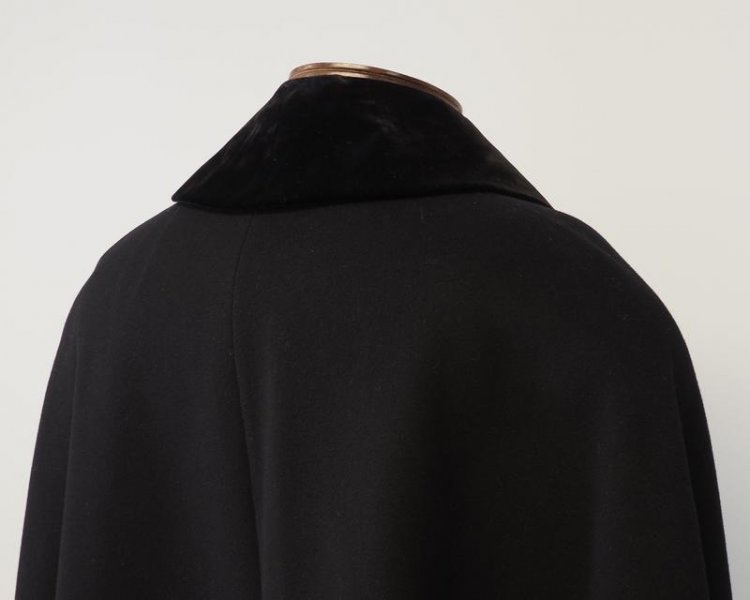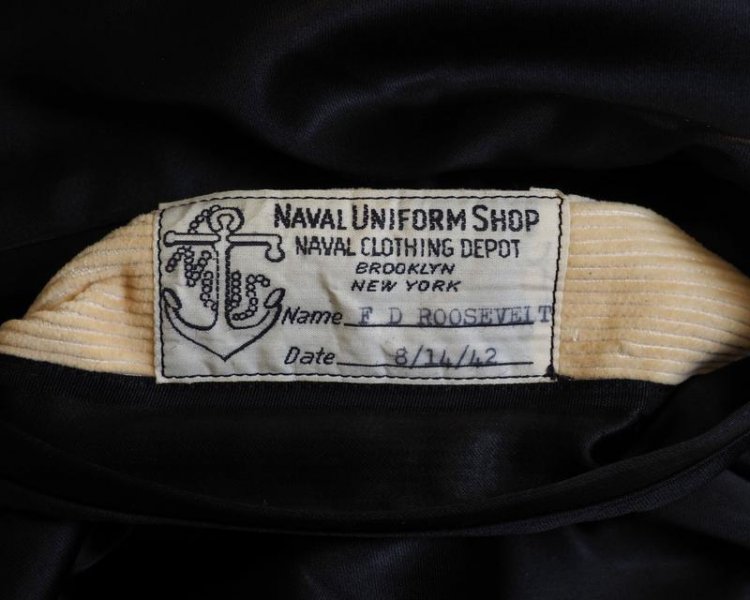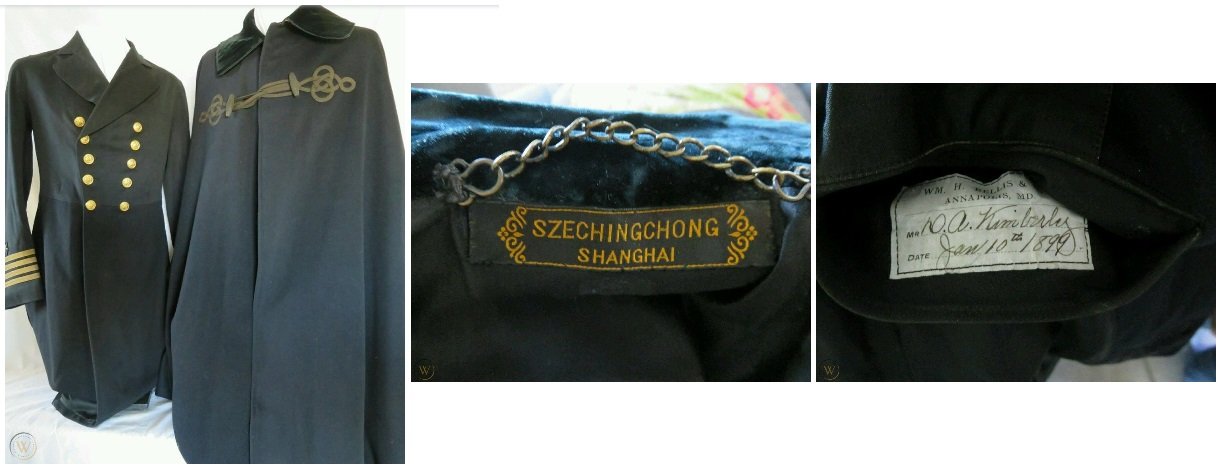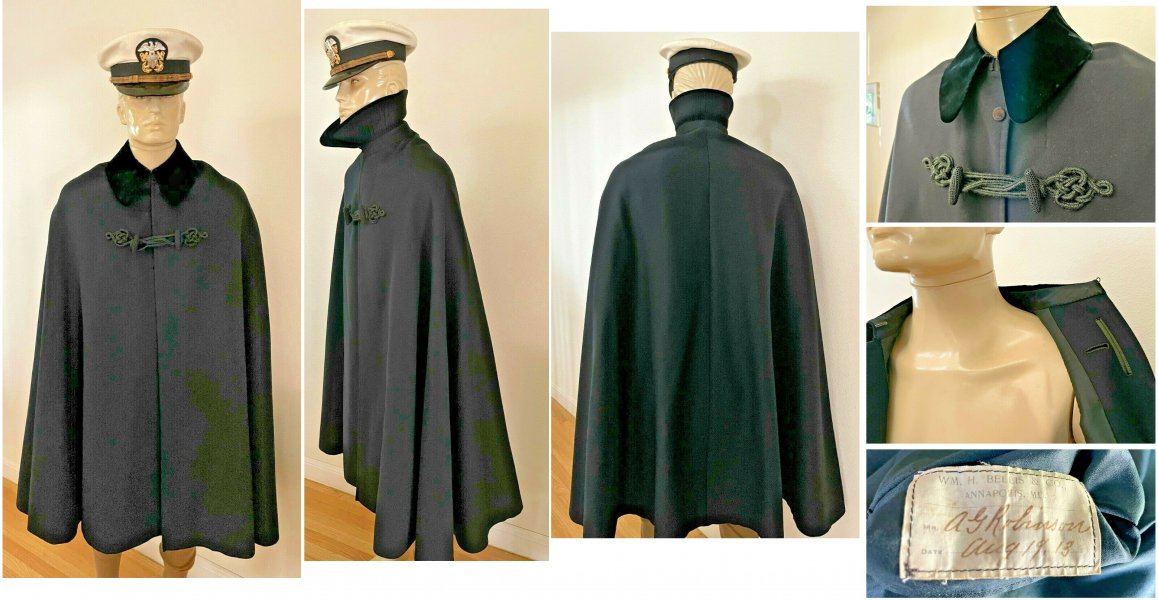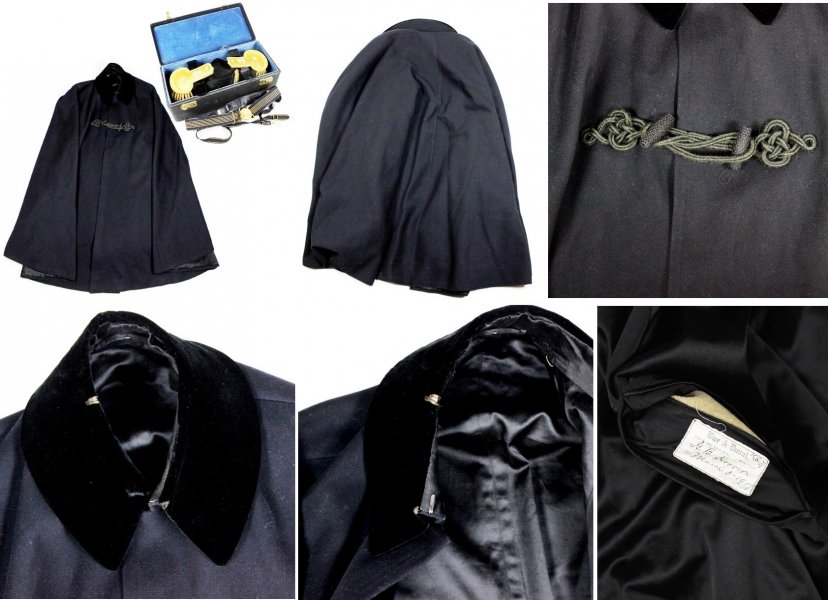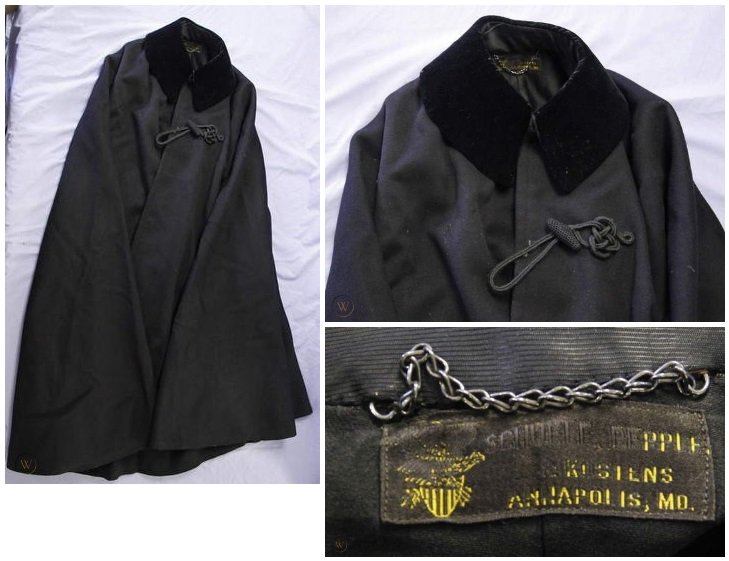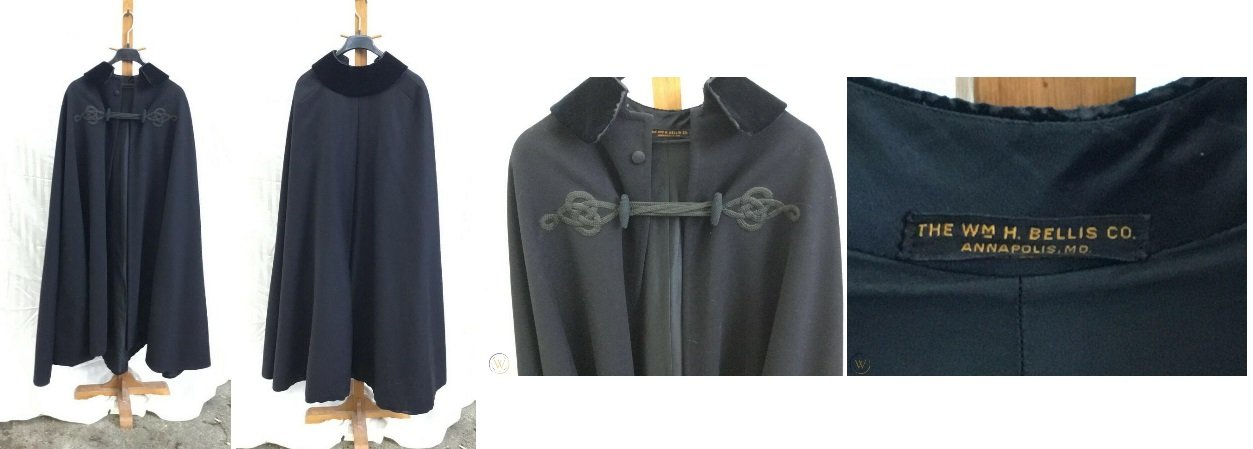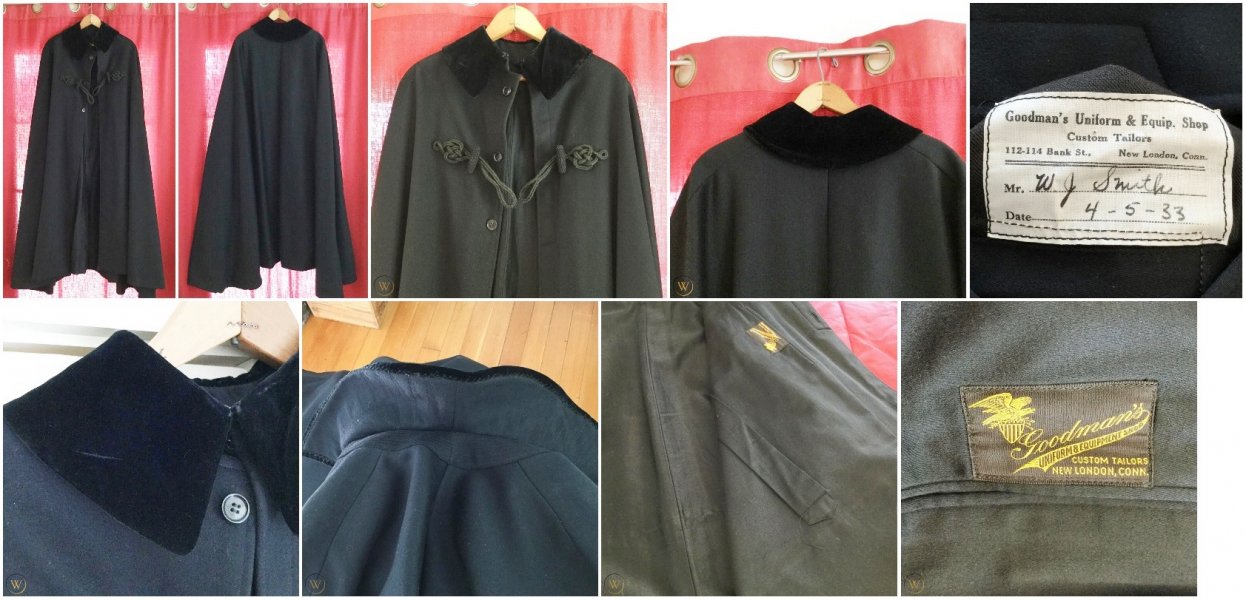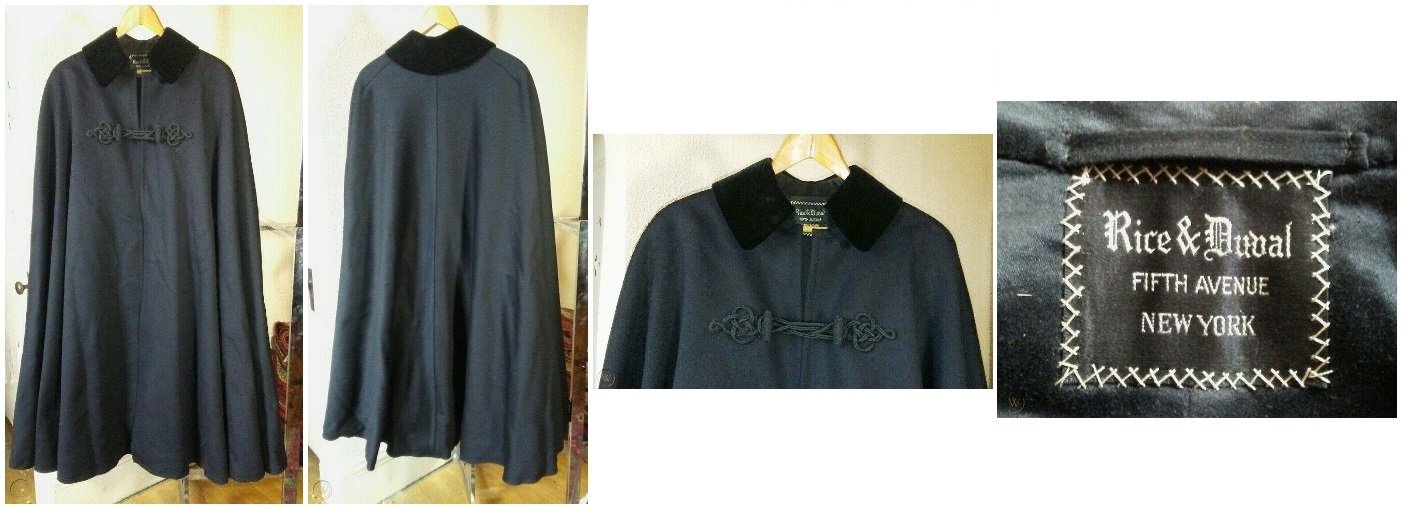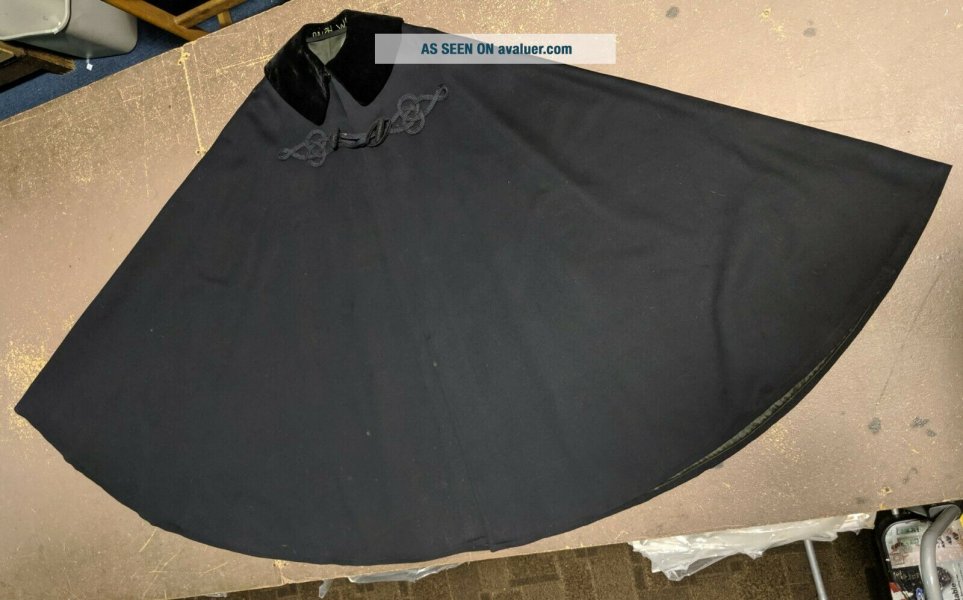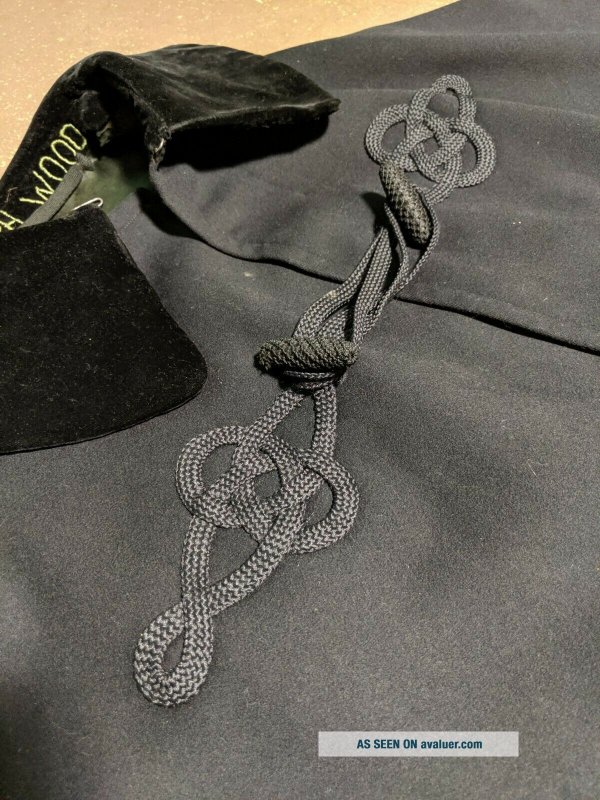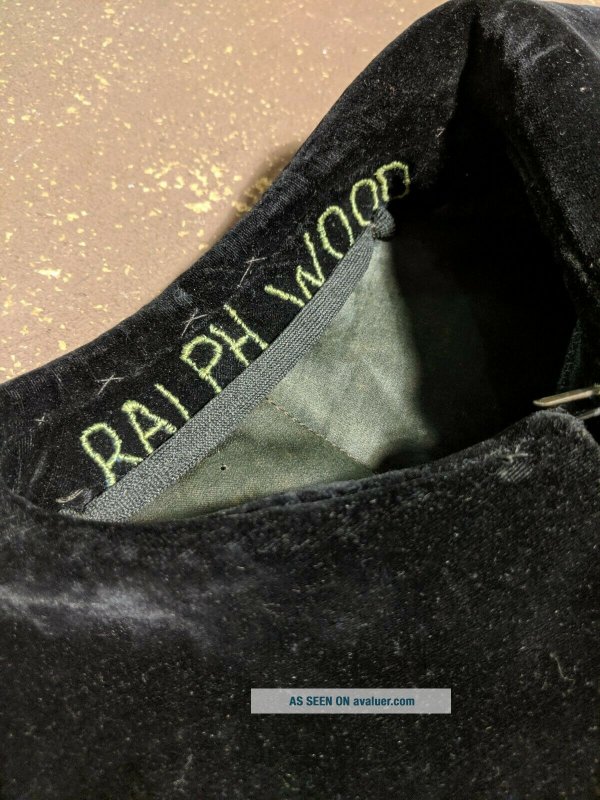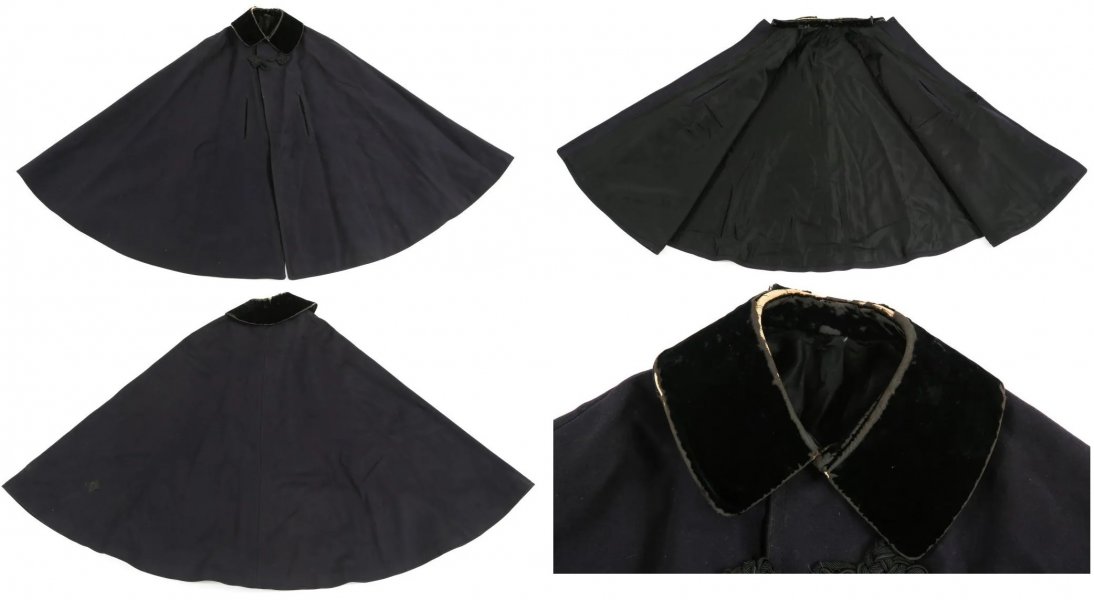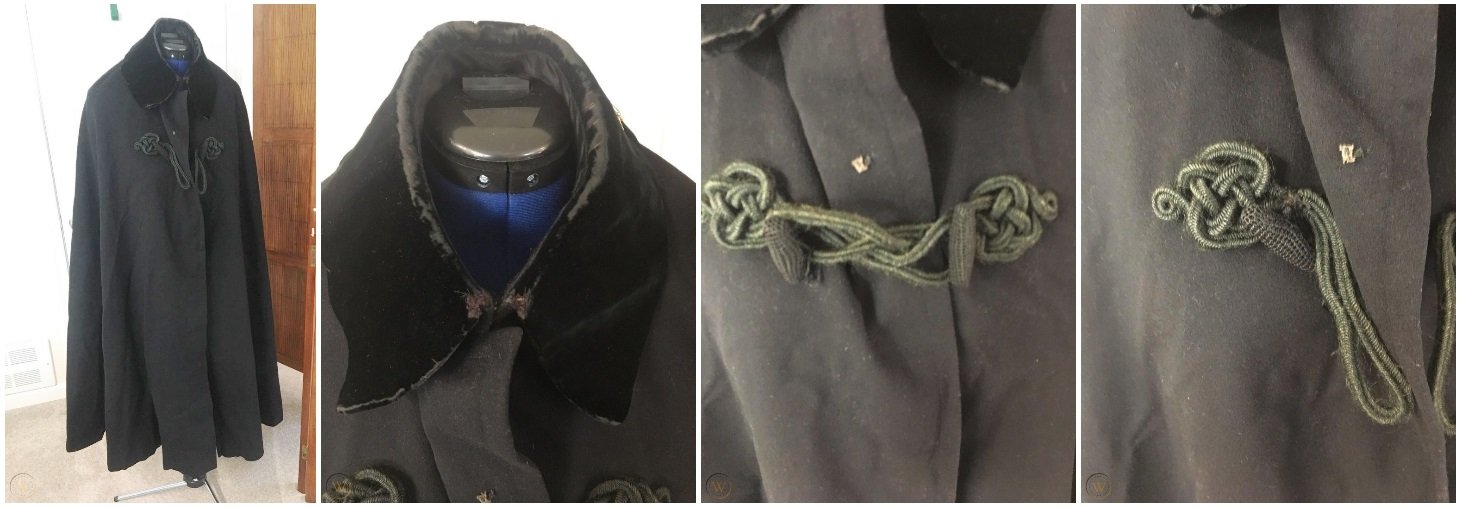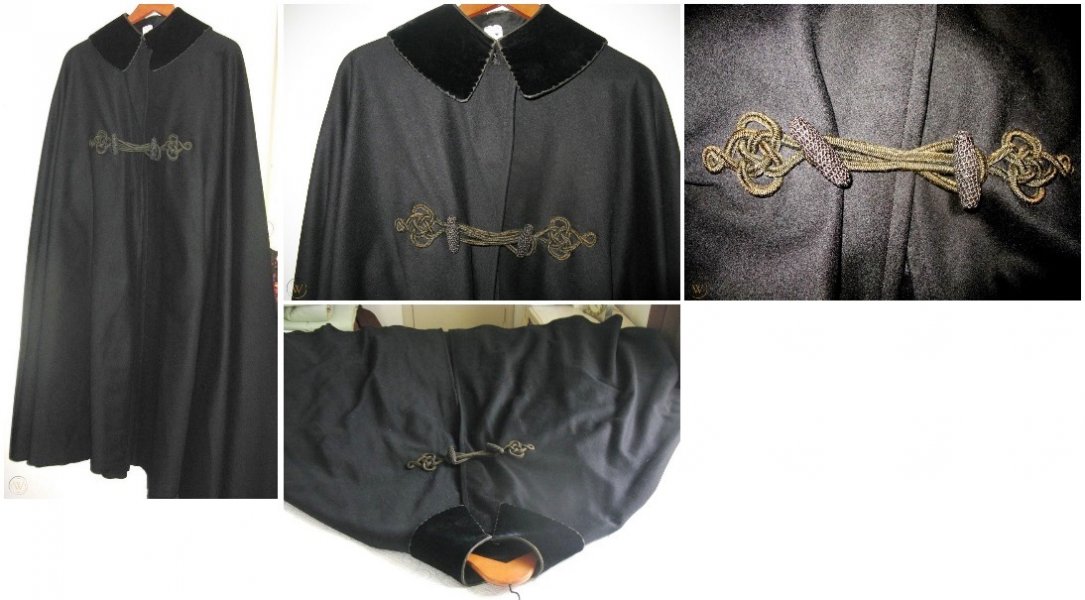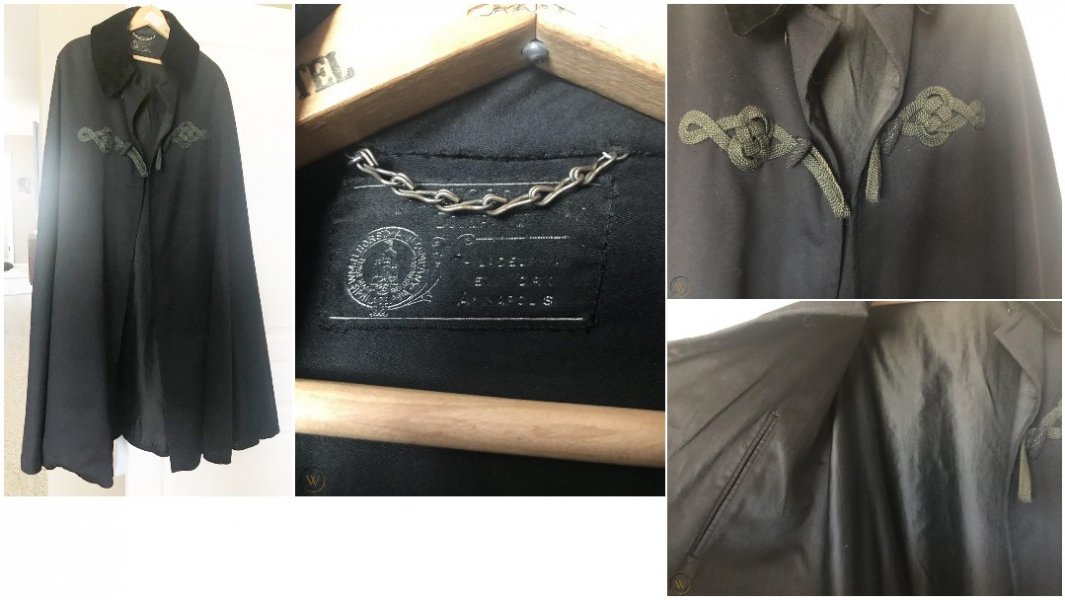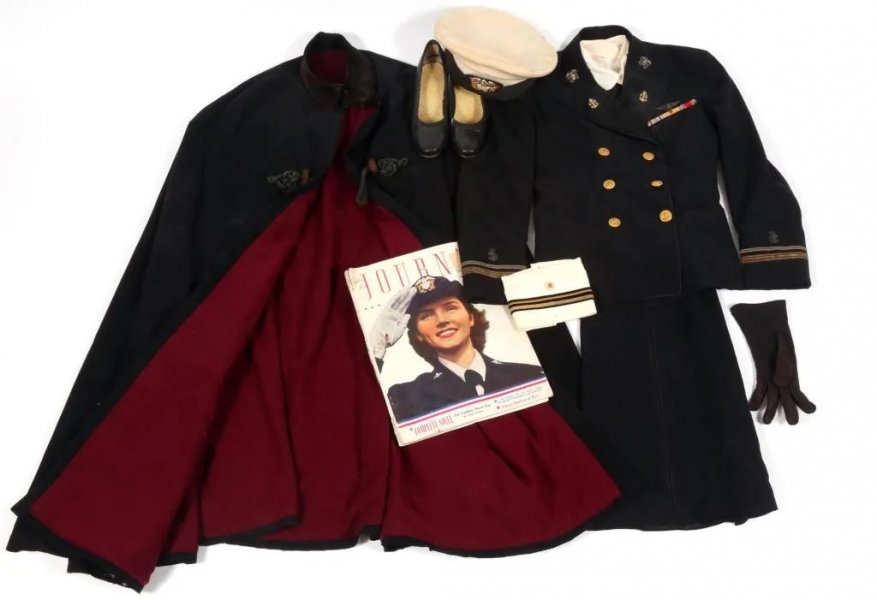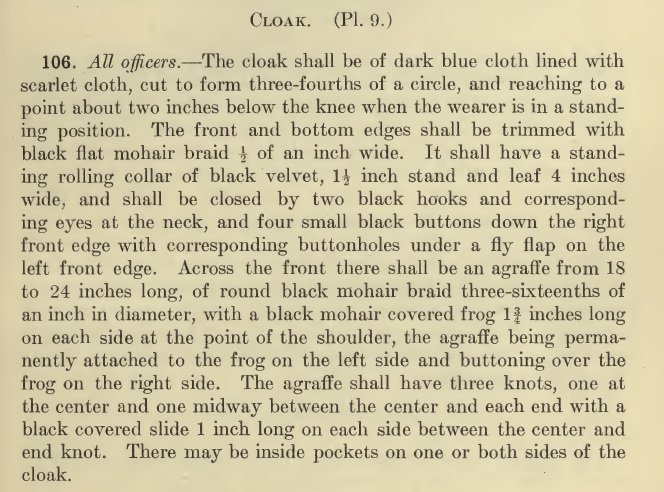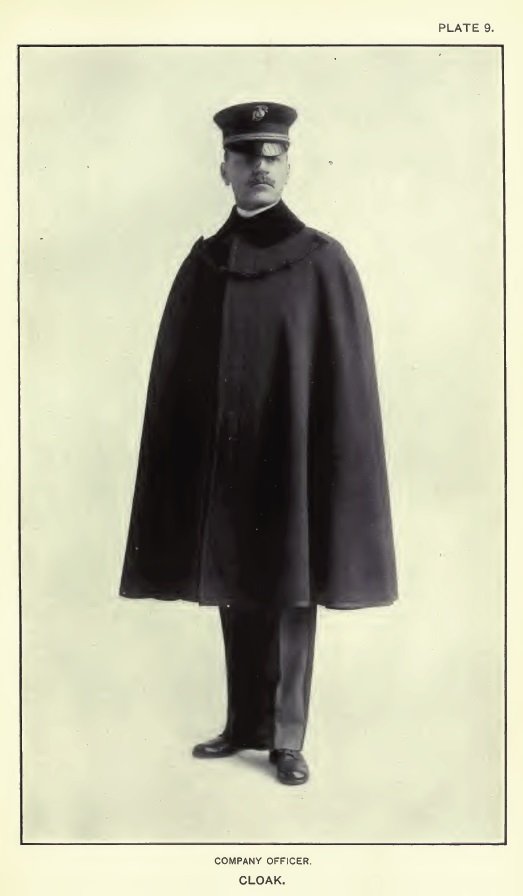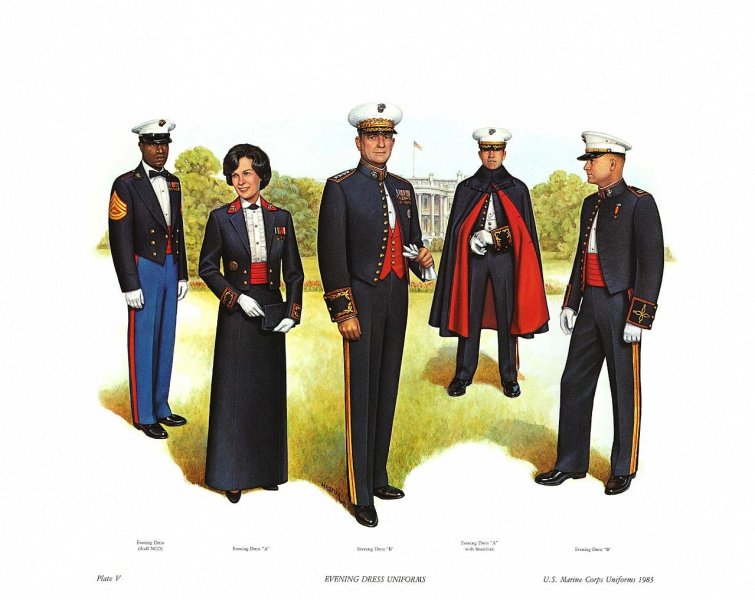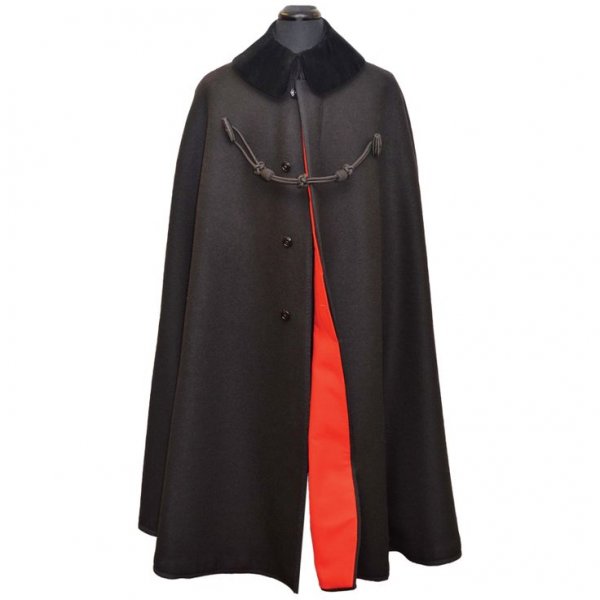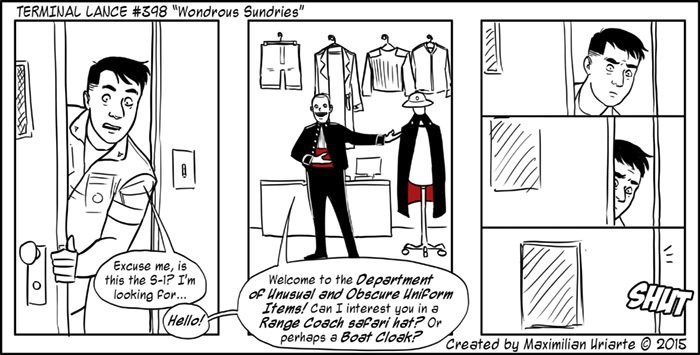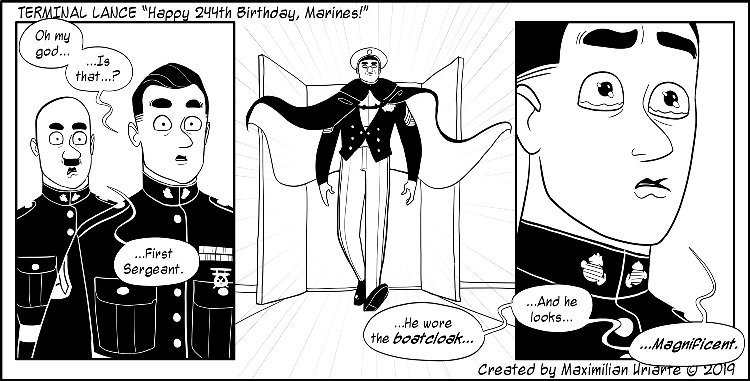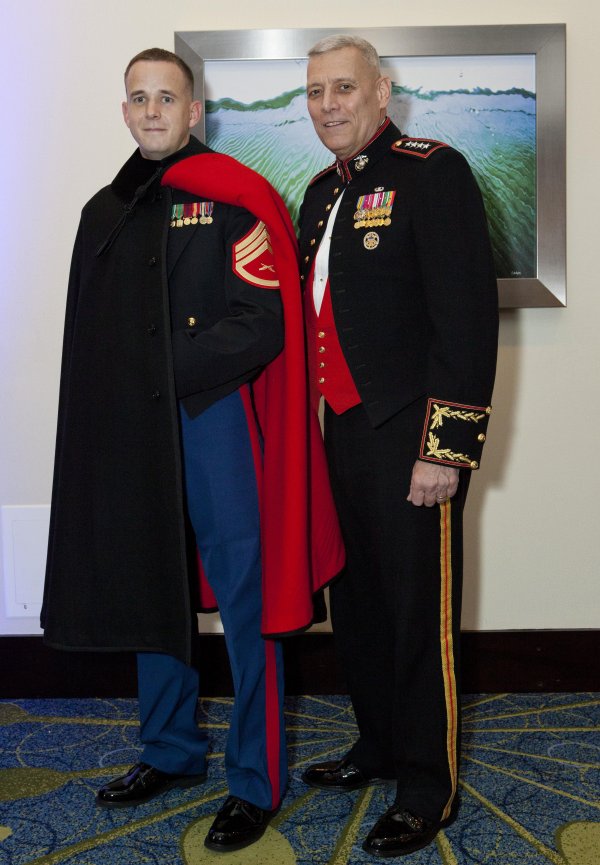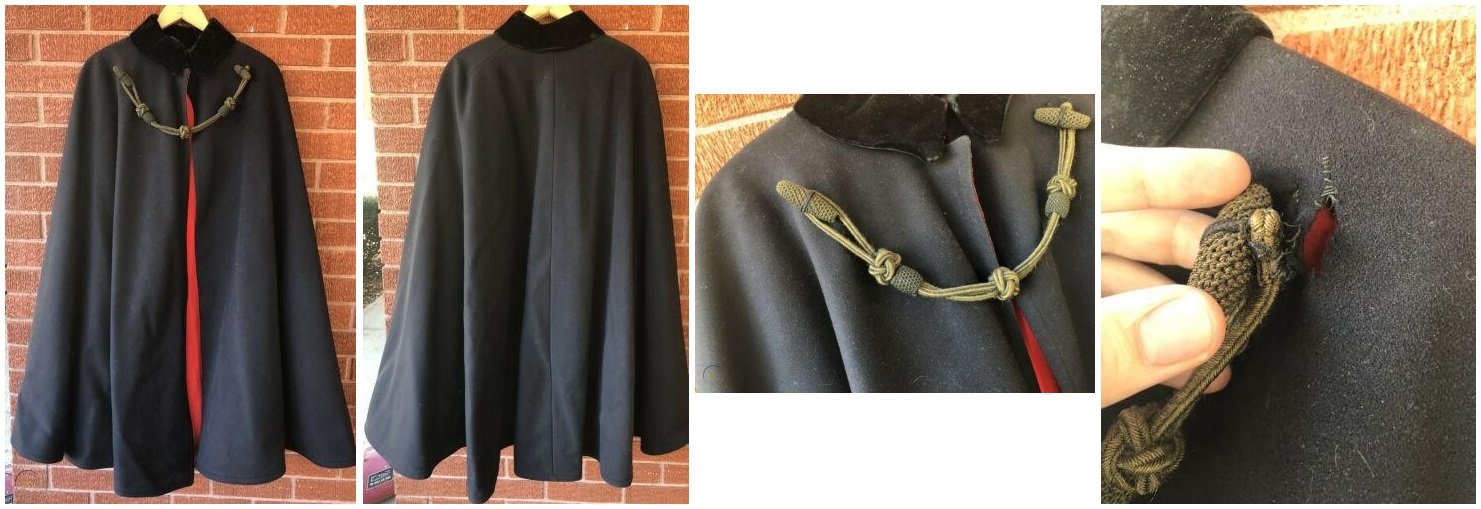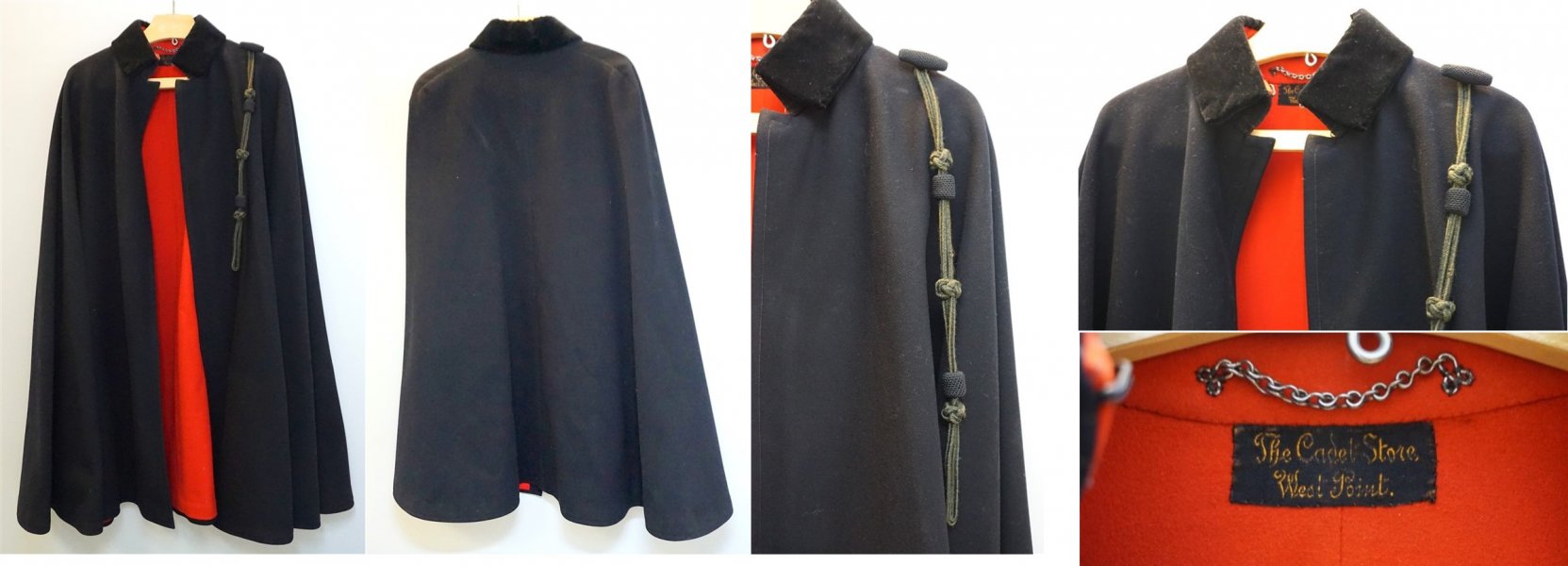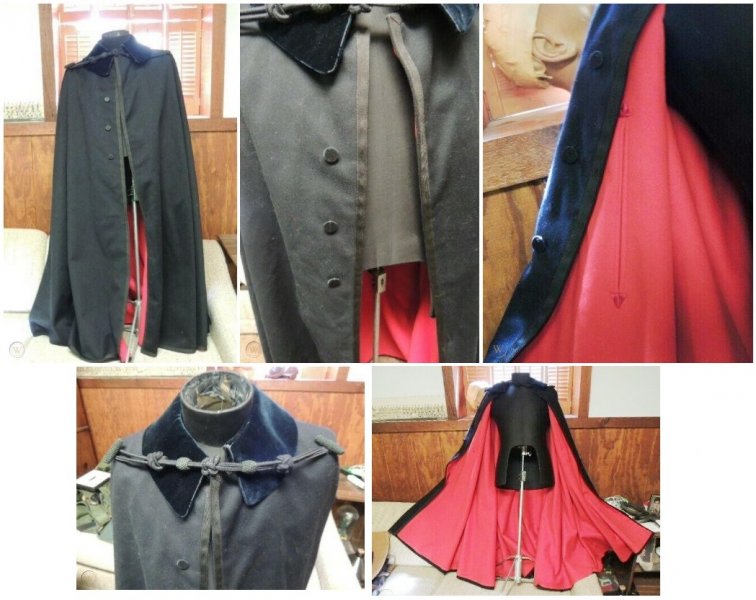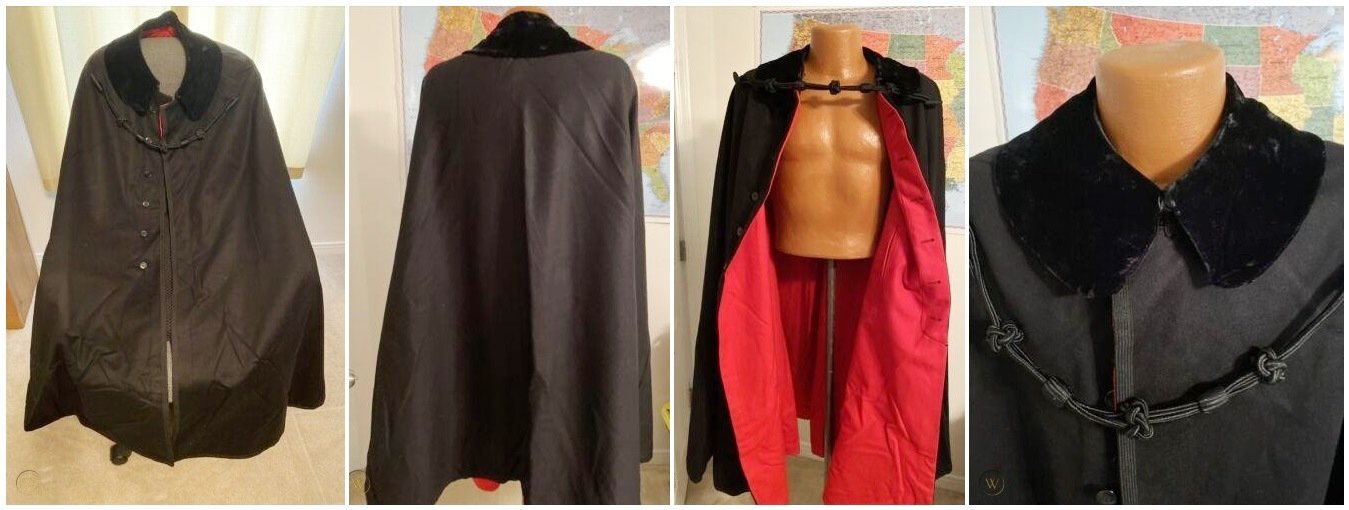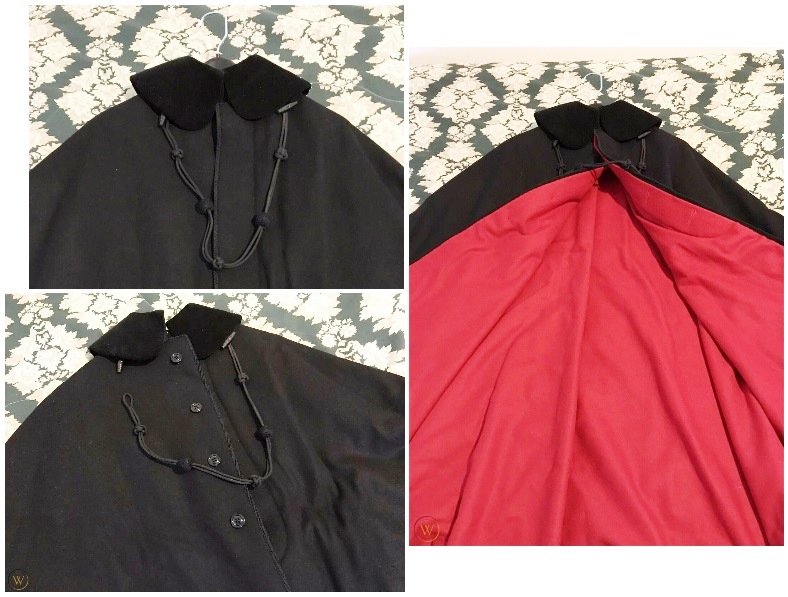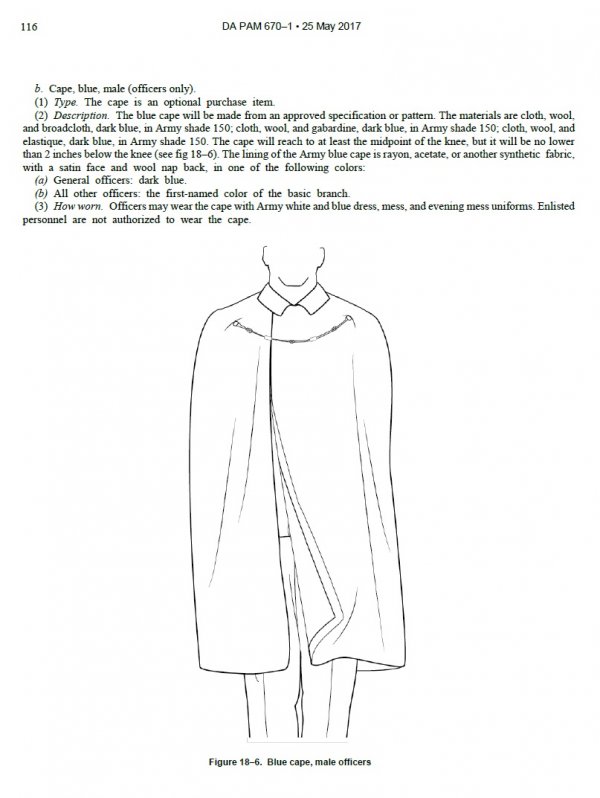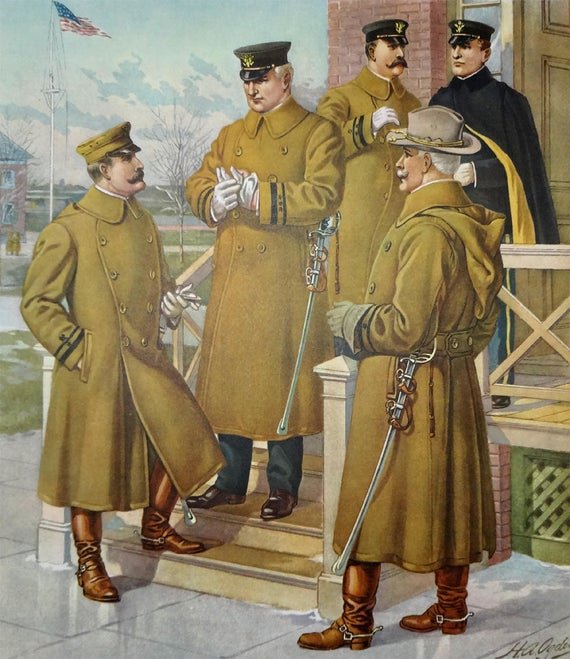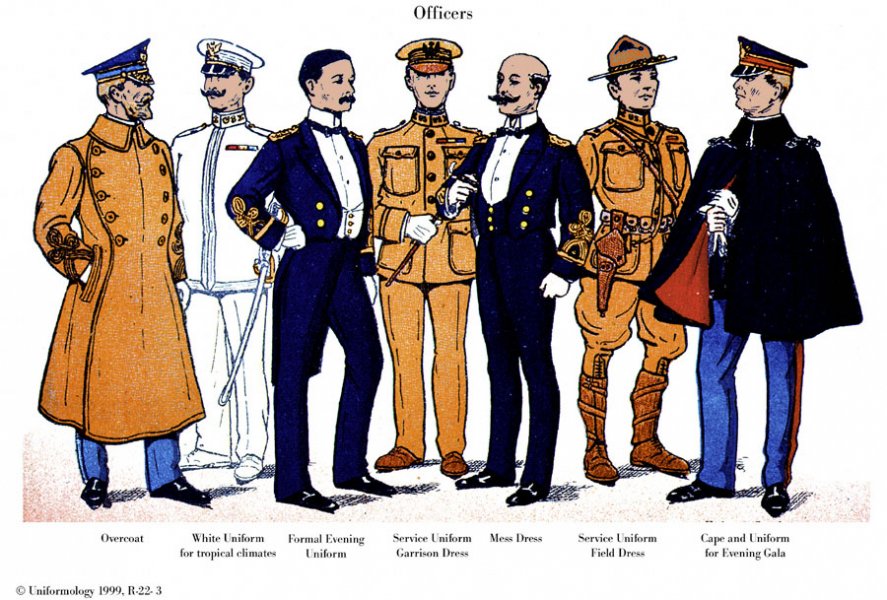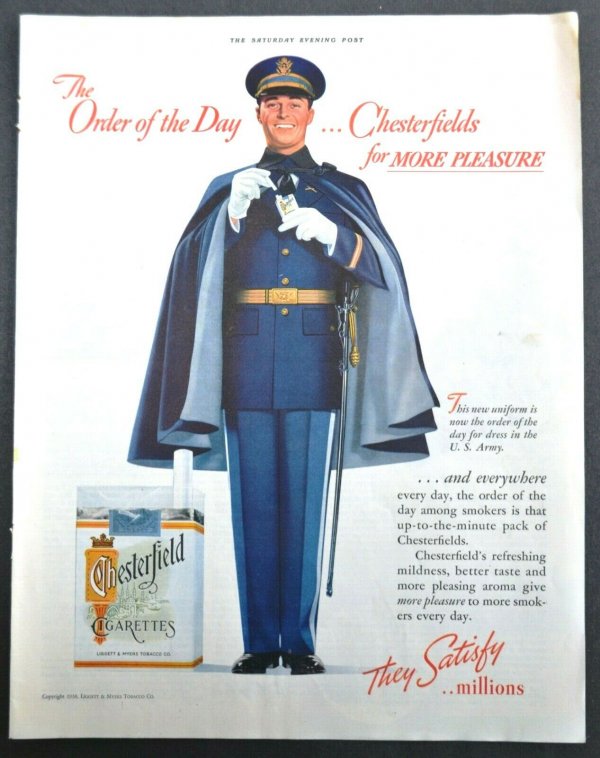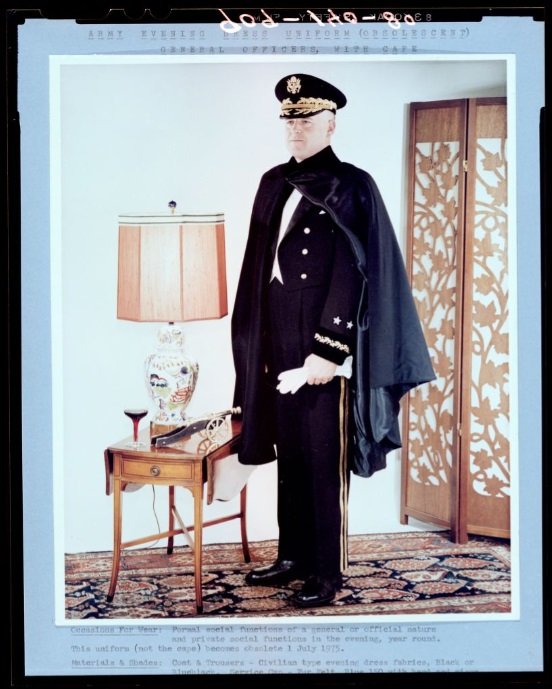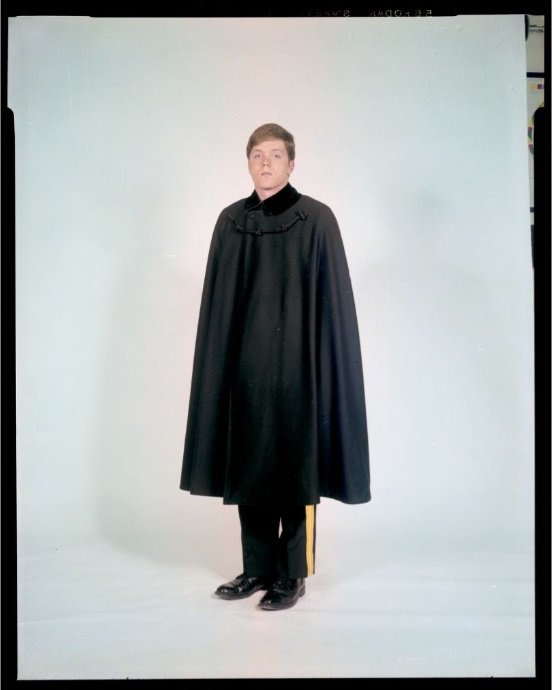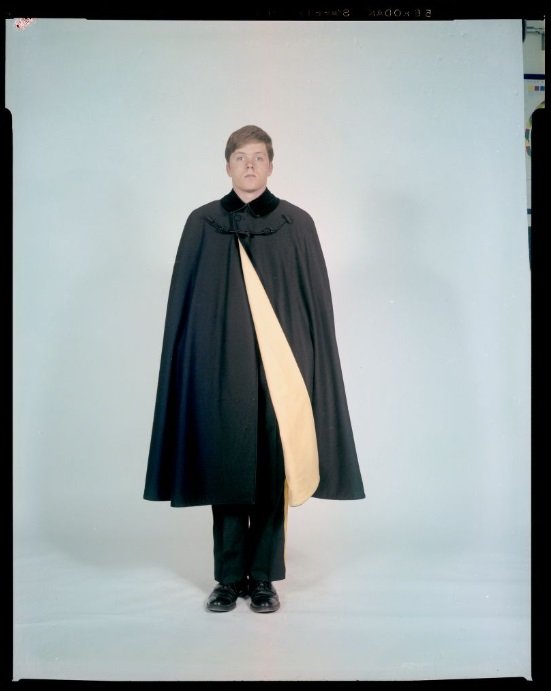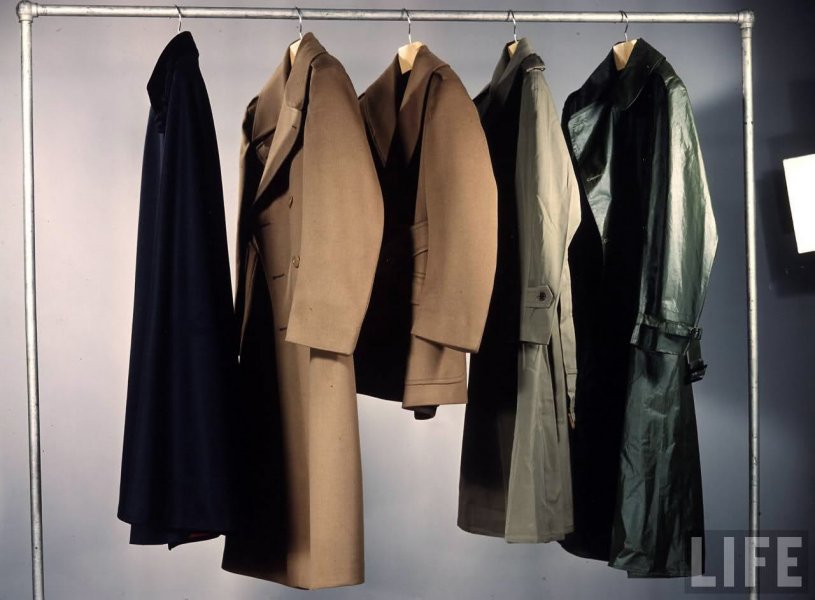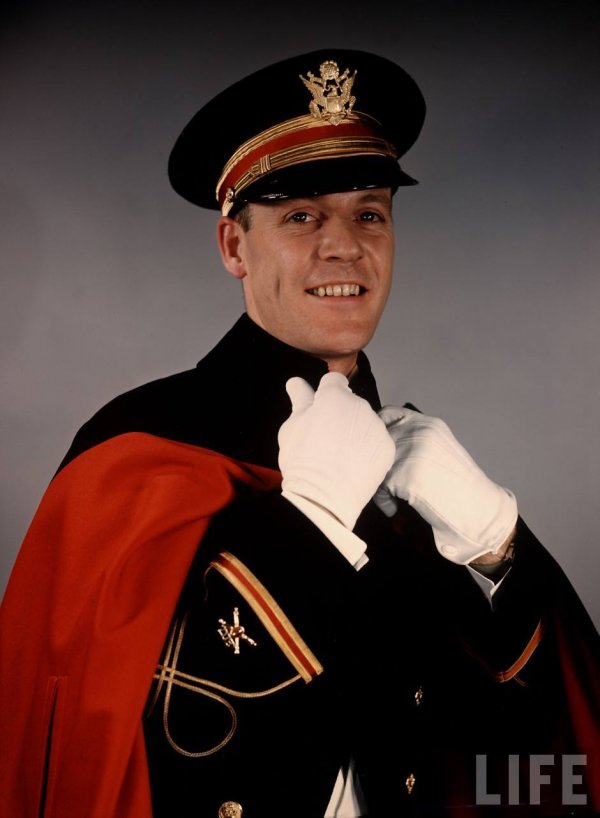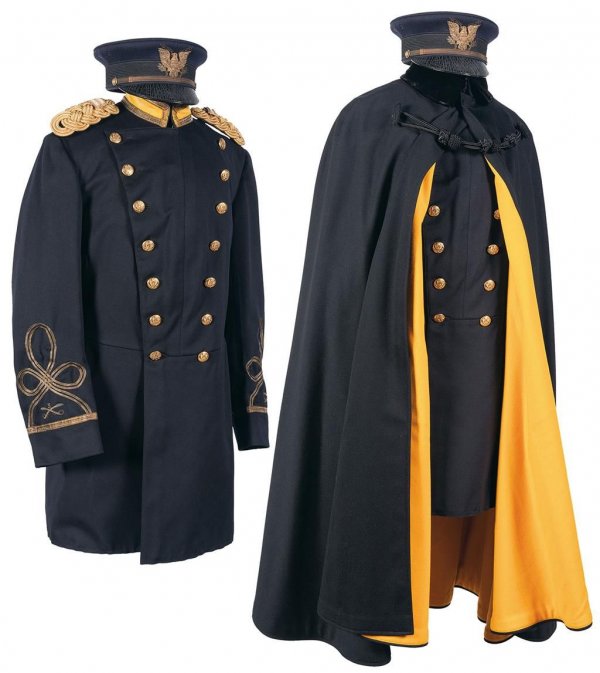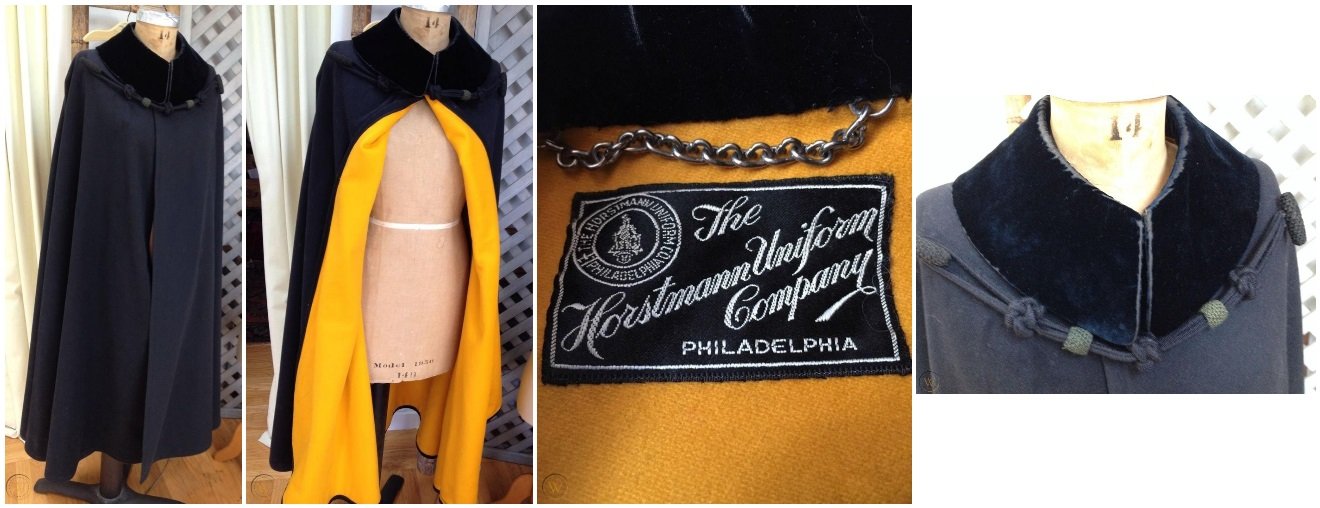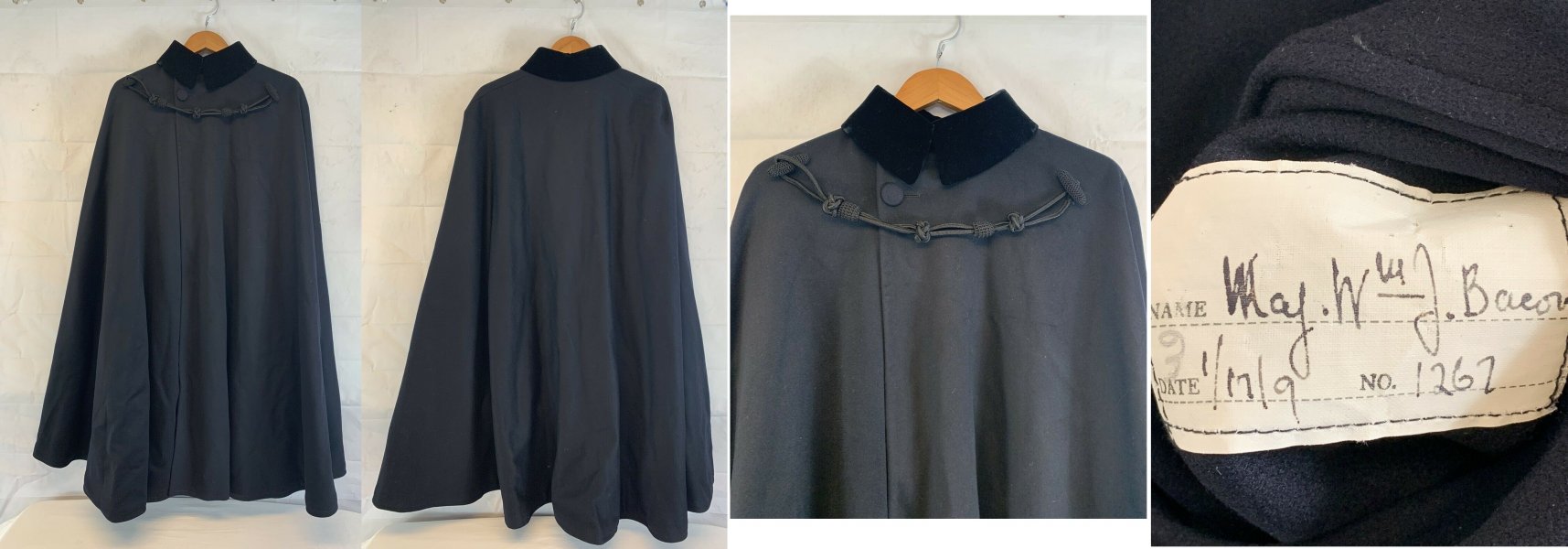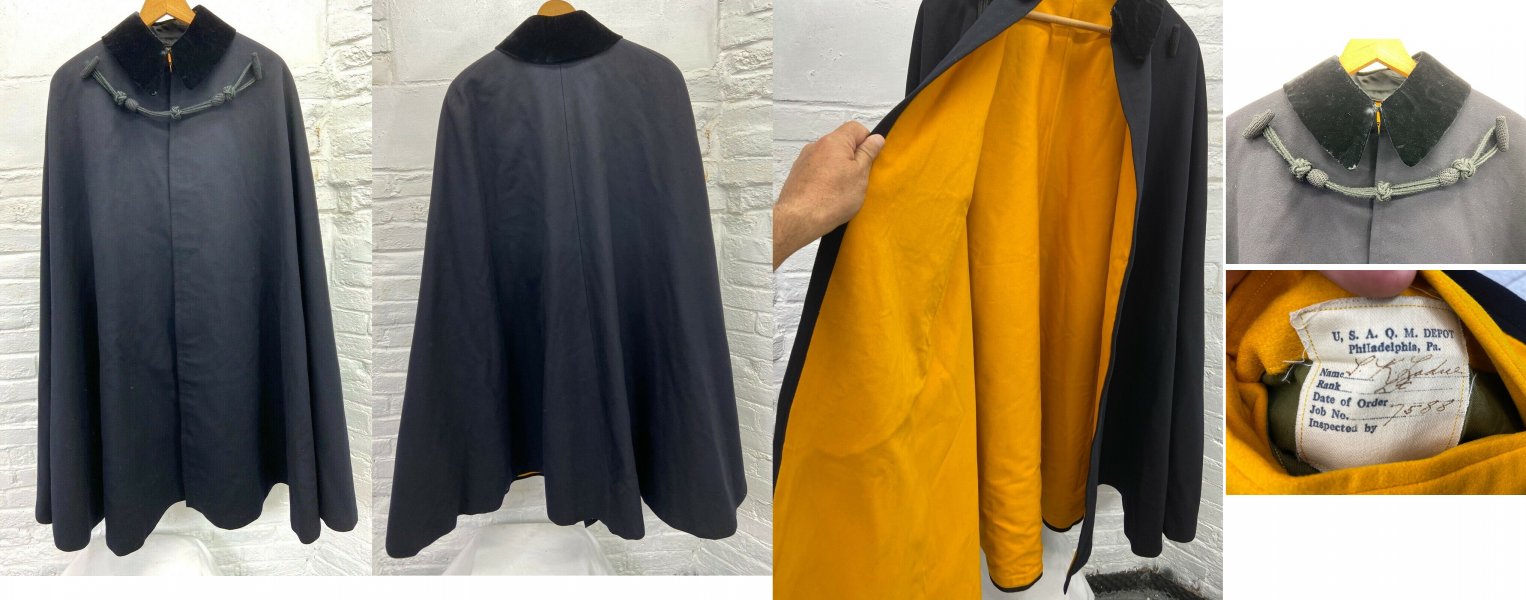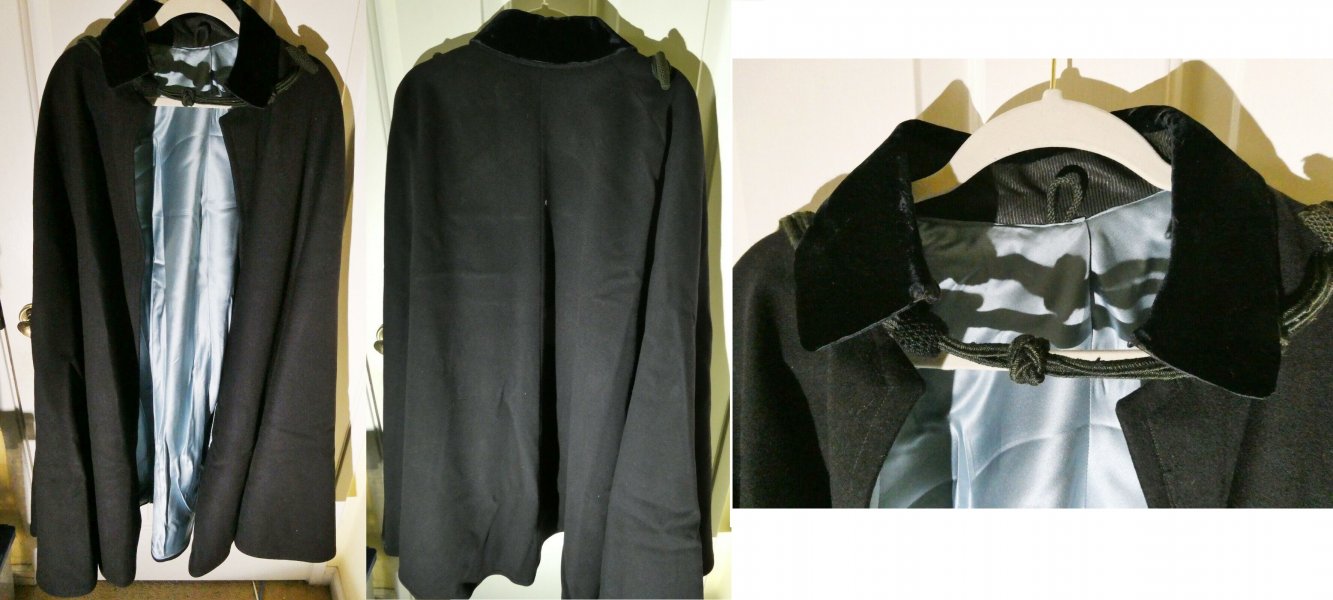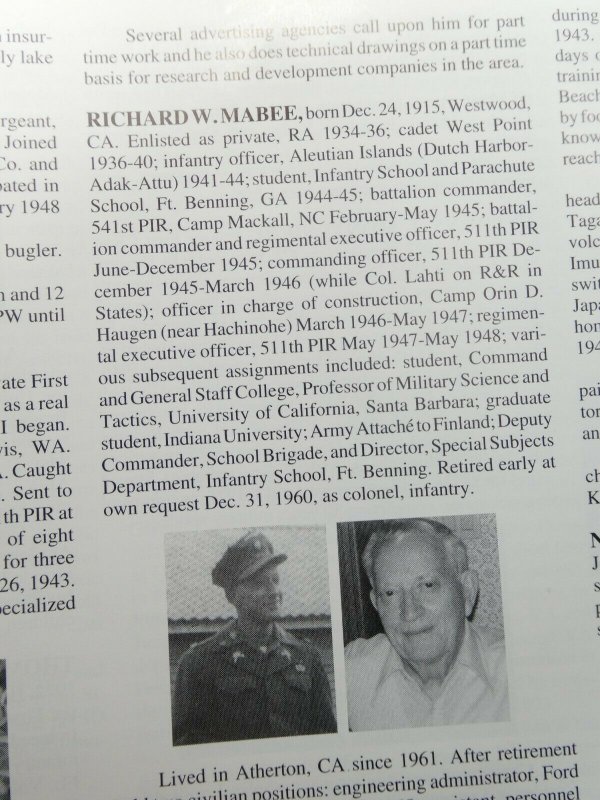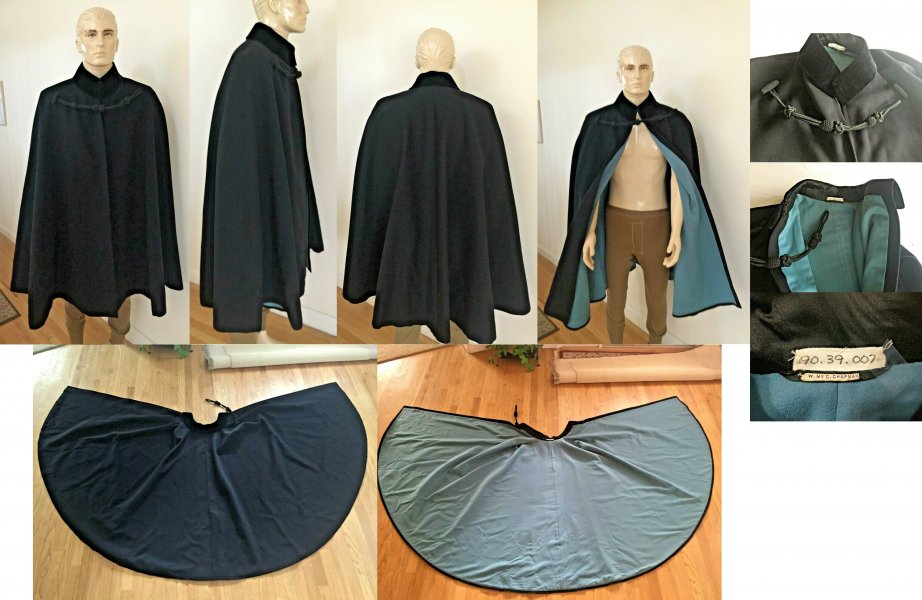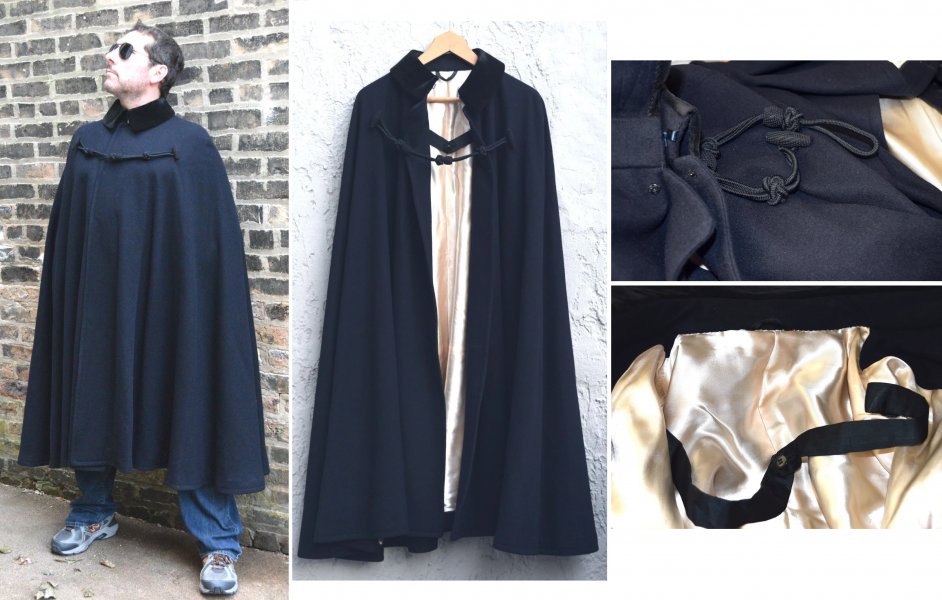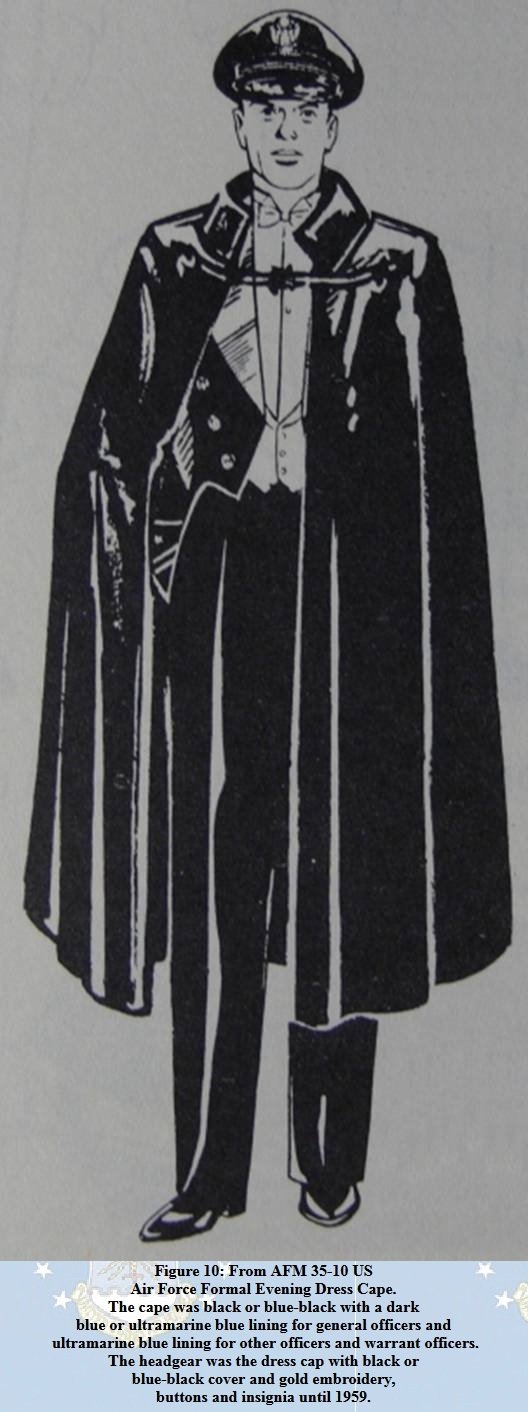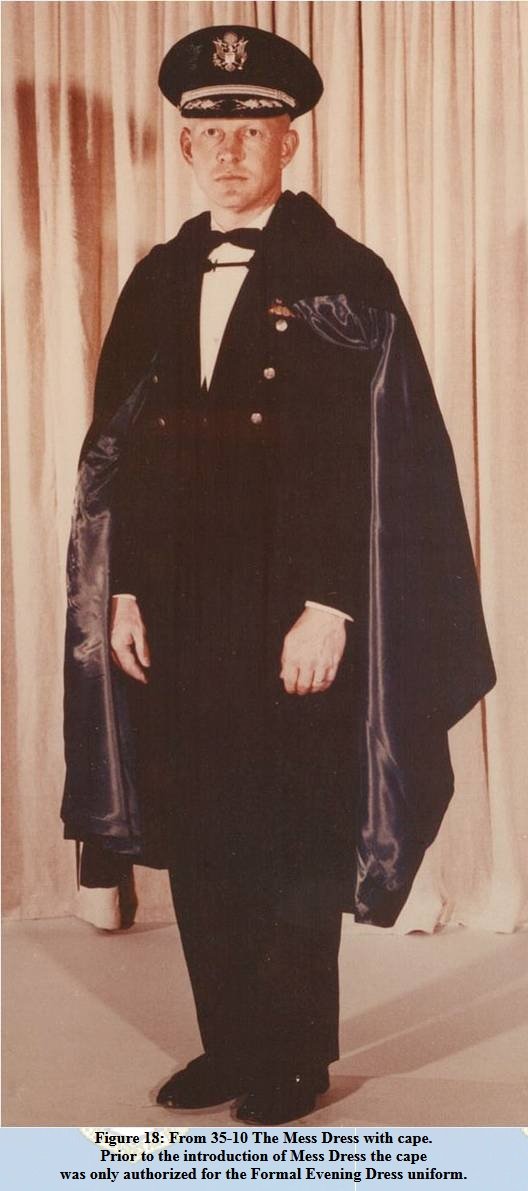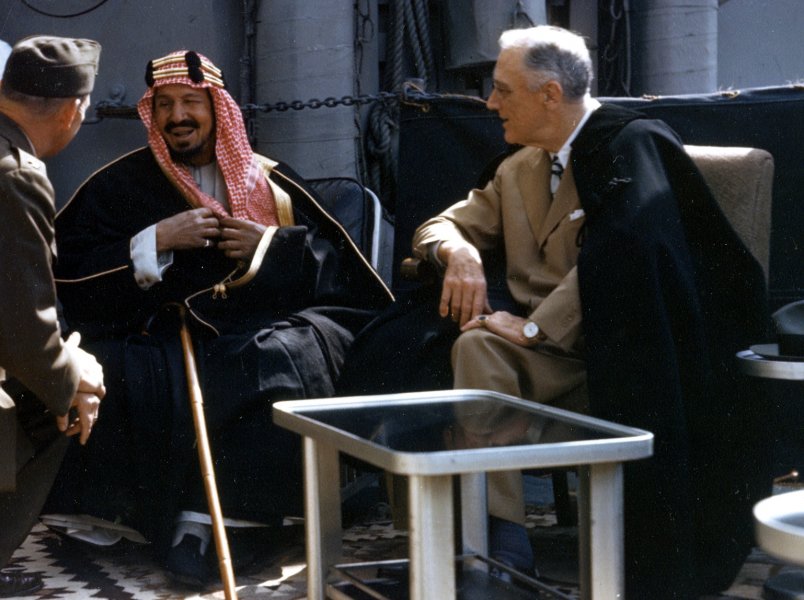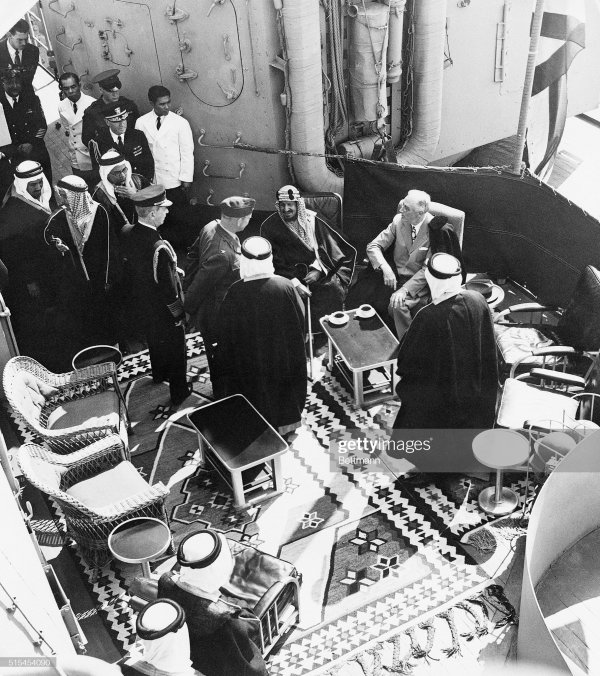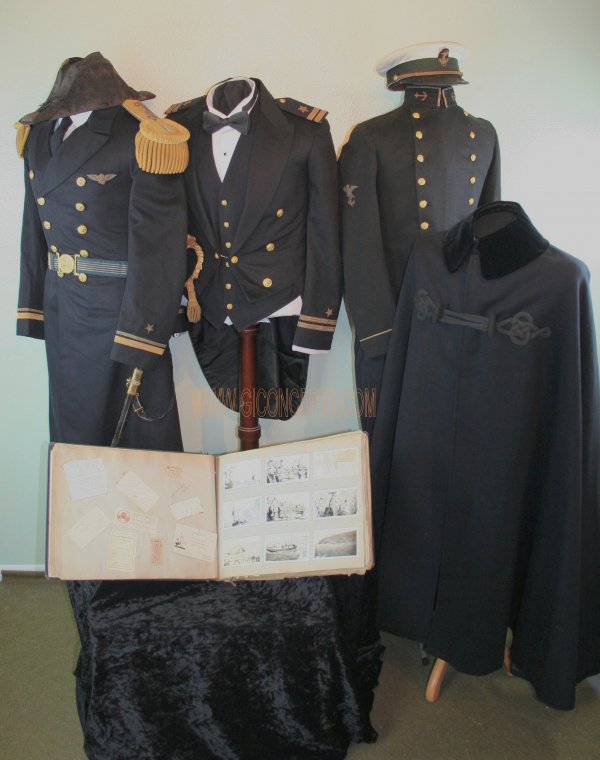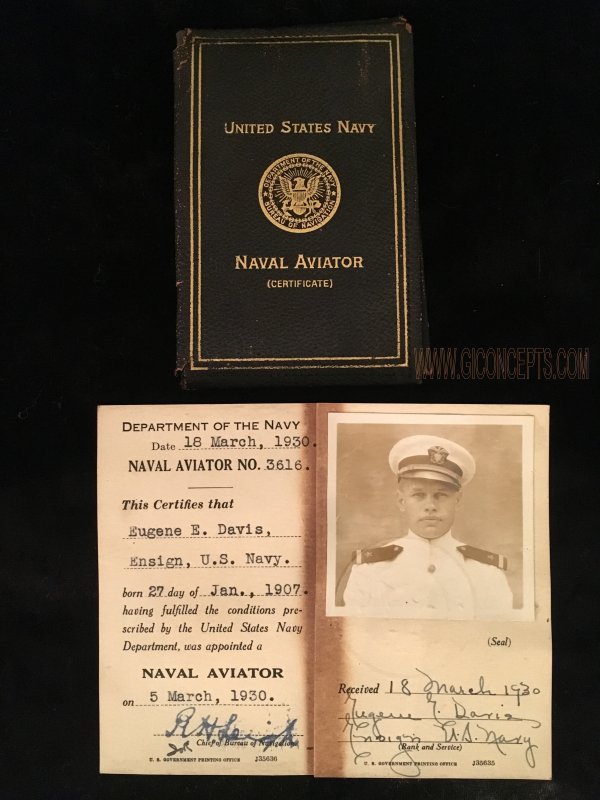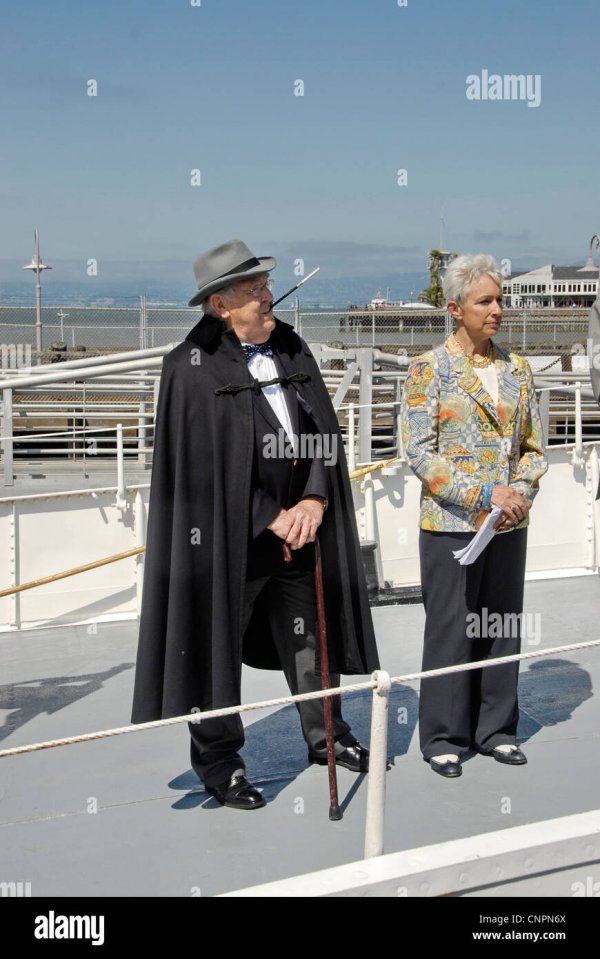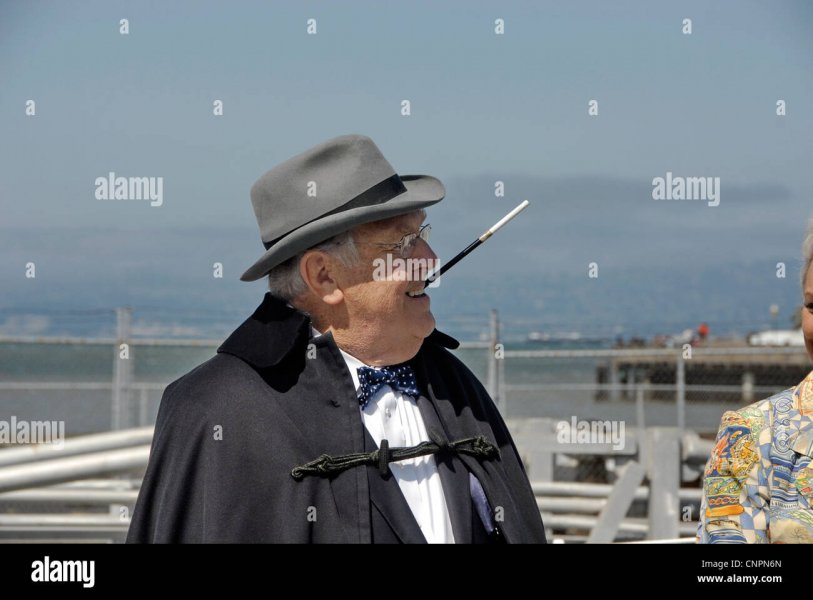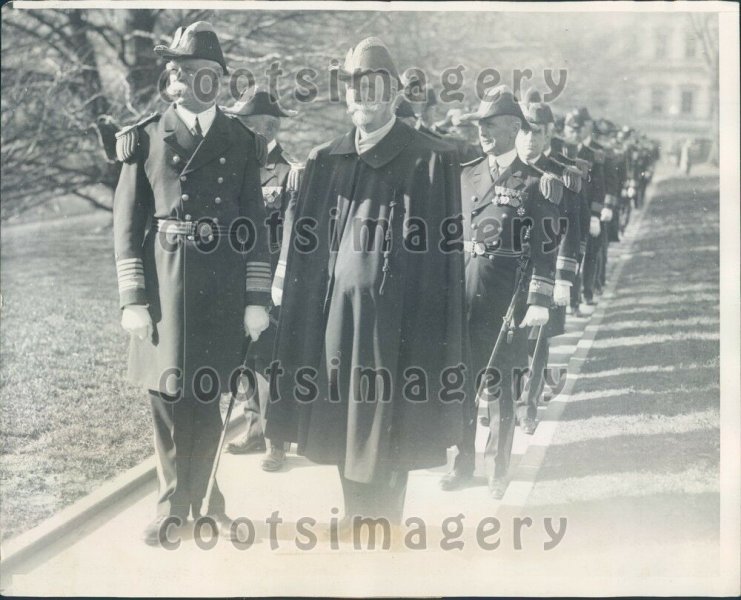Doctor Damage
I'll Lock Up
- Messages
- 4,386
- Location
- Ontario
Introduction
The goal of this thread is to detail the history, use, and characteristics of US Navy (USN) and US Marine Corp (USMC) officer’s boat cloaks and US Army officer’s capes. Despite a superficial similarity, these three garments differ significantly in detail, differences which will be identified and illustrated in this thread. All three garments have a parallel history stretching back well over a century but—happily, for lazy historians—saw few changes over their period of official use. Of the these three garments, only US Army capes remain in use today, or at least remain ‘on the books’ in regulations.
This thread will also include US Air Force officer’s capes (of which little information and no meaningful visual proof has been found) and, as far as possible given available information, make a note of boat cloaks used by non-US militaries (focusing on the UK and Canada).
Origins?
Boat cloaks, it is generally agreed, originated as weatherproof overgarments worn by naval officers to protect their uniforms while riding in small boats from ship to shore, usually in port and usually on their way to evening engagements in full dress. In the nineteenth century, and even into the early twentieth century, officers in most navies wore big, bulky, gold rank epaulettes with full dress (and sometimes service dress). These epaulettes were difficult to squeeze under a sleeved overcoat or greatcoat, so cloaks, being shapeless and sleeveless, offered a comfortable way to protect expensive uniforms and epaulettes from salt, spray, and rain. For reasons unknown, the US military systematized boat cloaks to a much broader extent than other militaries in designs unique to the US military, and retained them for a much longer period.
Let's get started!
The goal of this thread is to detail the history, use, and characteristics of US Navy (USN) and US Marine Corp (USMC) officer’s boat cloaks and US Army officer’s capes. Despite a superficial similarity, these three garments differ significantly in detail, differences which will be identified and illustrated in this thread. All three garments have a parallel history stretching back well over a century but—happily, for lazy historians—saw few changes over their period of official use. Of the these three garments, only US Army capes remain in use today, or at least remain ‘on the books’ in regulations.
This thread will also include US Air Force officer’s capes (of which little information and no meaningful visual proof has been found) and, as far as possible given available information, make a note of boat cloaks used by non-US militaries (focusing on the UK and Canada).
Origins?
Boat cloaks, it is generally agreed, originated as weatherproof overgarments worn by naval officers to protect their uniforms while riding in small boats from ship to shore, usually in port and usually on their way to evening engagements in full dress. In the nineteenth century, and even into the early twentieth century, officers in most navies wore big, bulky, gold rank epaulettes with full dress (and sometimes service dress). These epaulettes were difficult to squeeze under a sleeved overcoat or greatcoat, so cloaks, being shapeless and sleeveless, offered a comfortable way to protect expensive uniforms and epaulettes from salt, spray, and rain. For reasons unknown, the US military systematized boat cloaks to a much broader extent than other militaries in designs unique to the US military, and retained them for a much longer period.
Let's get started!

